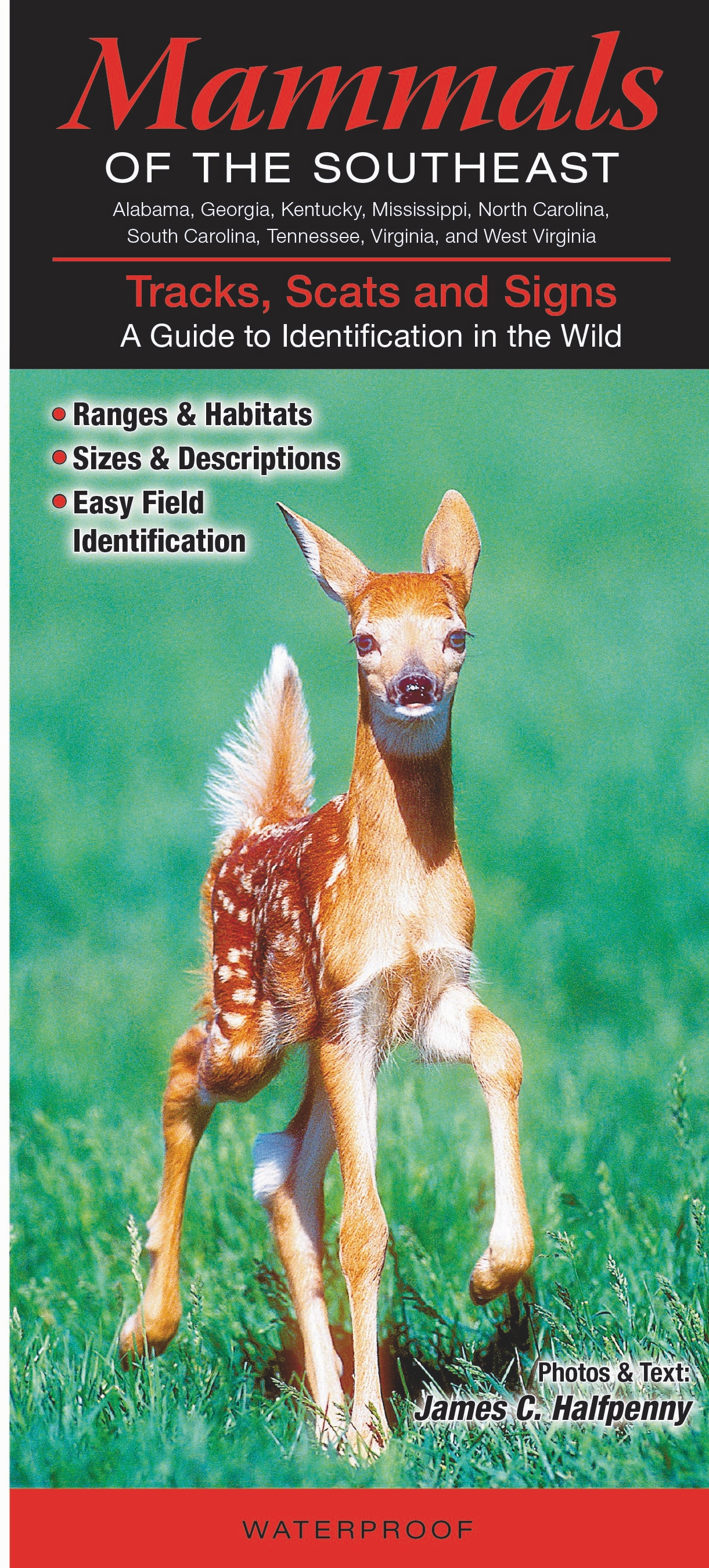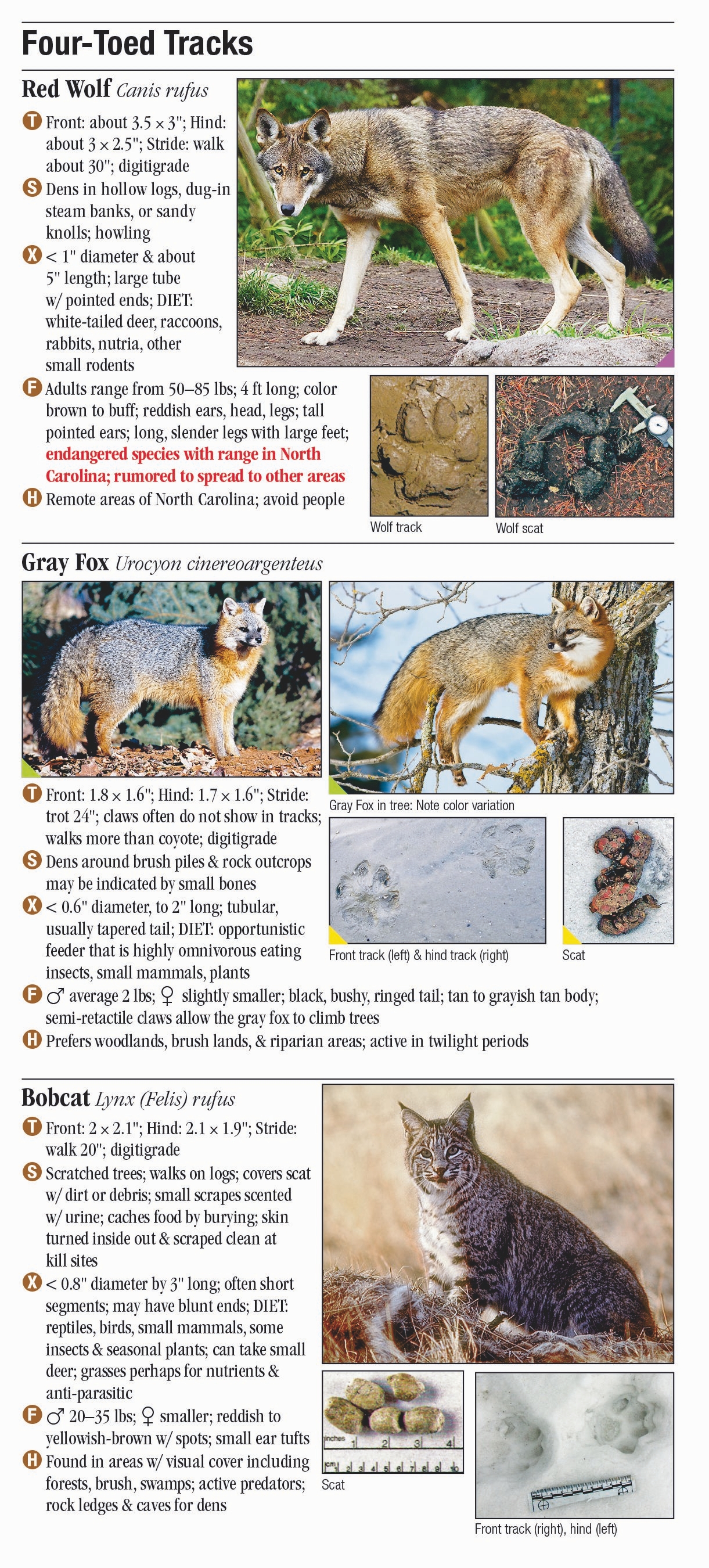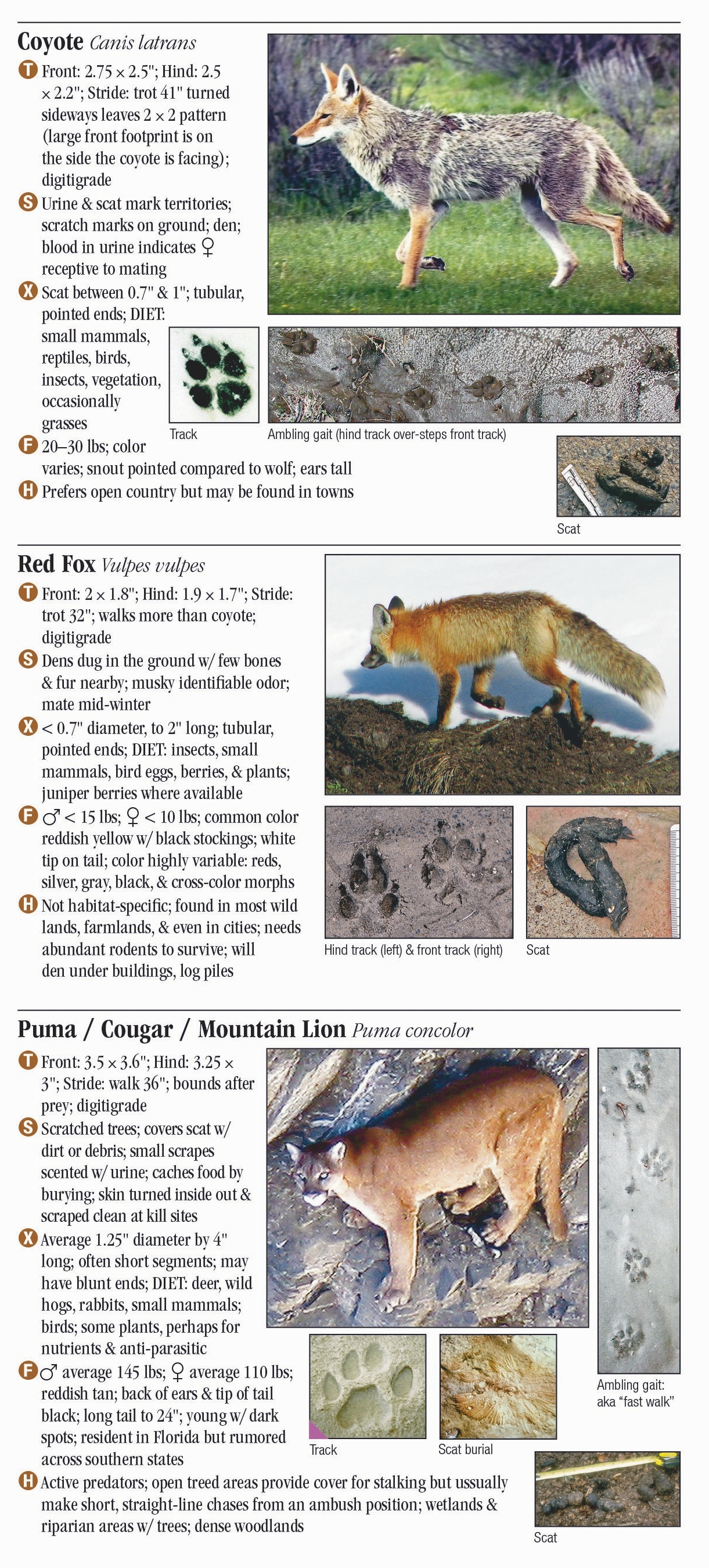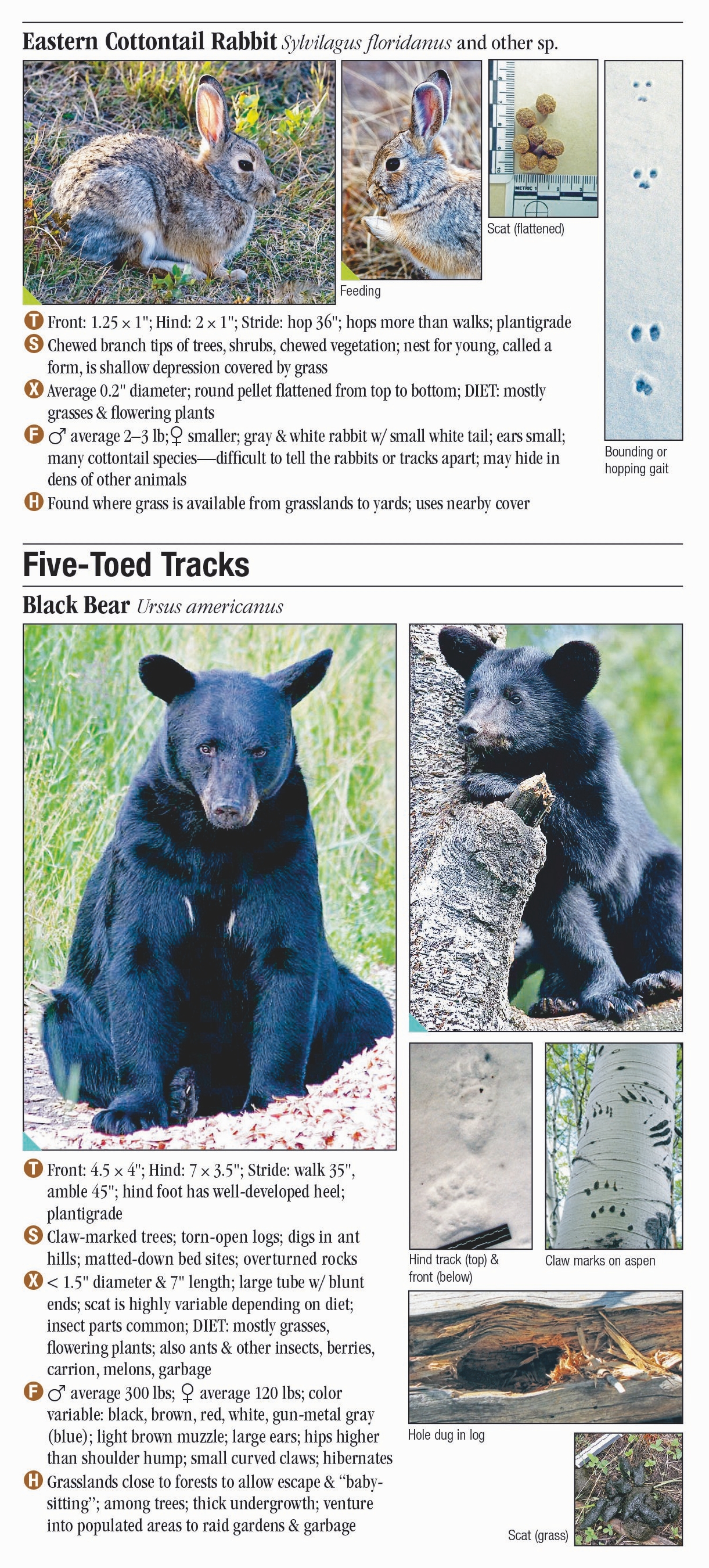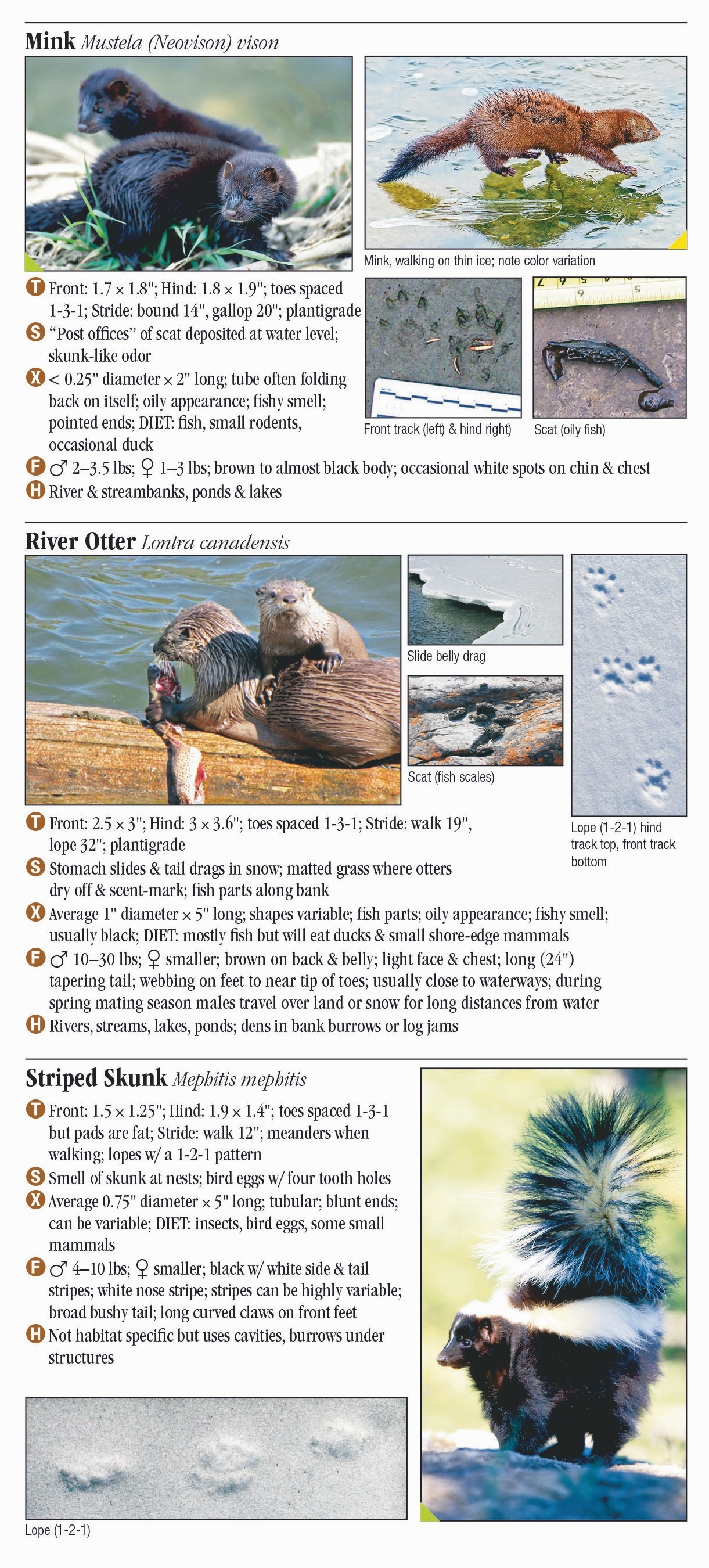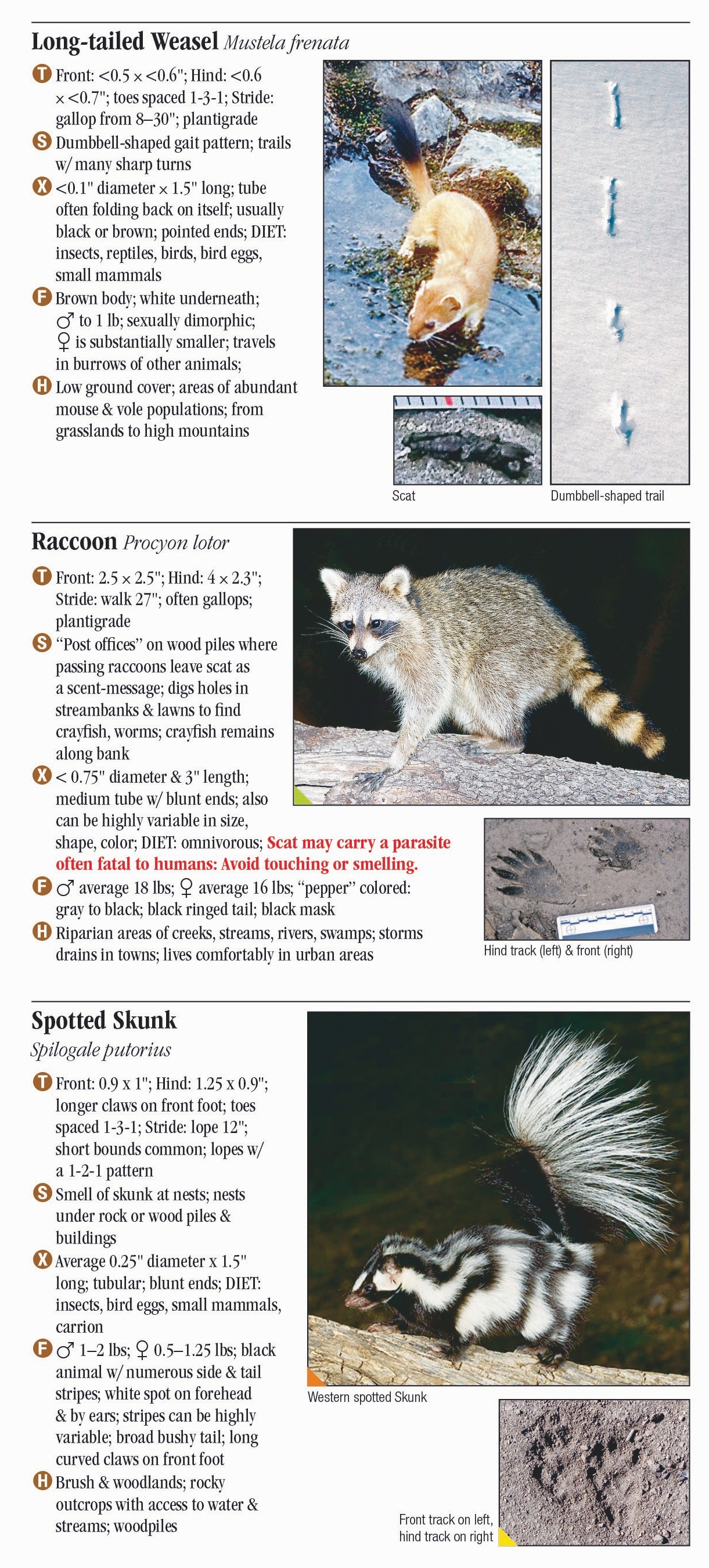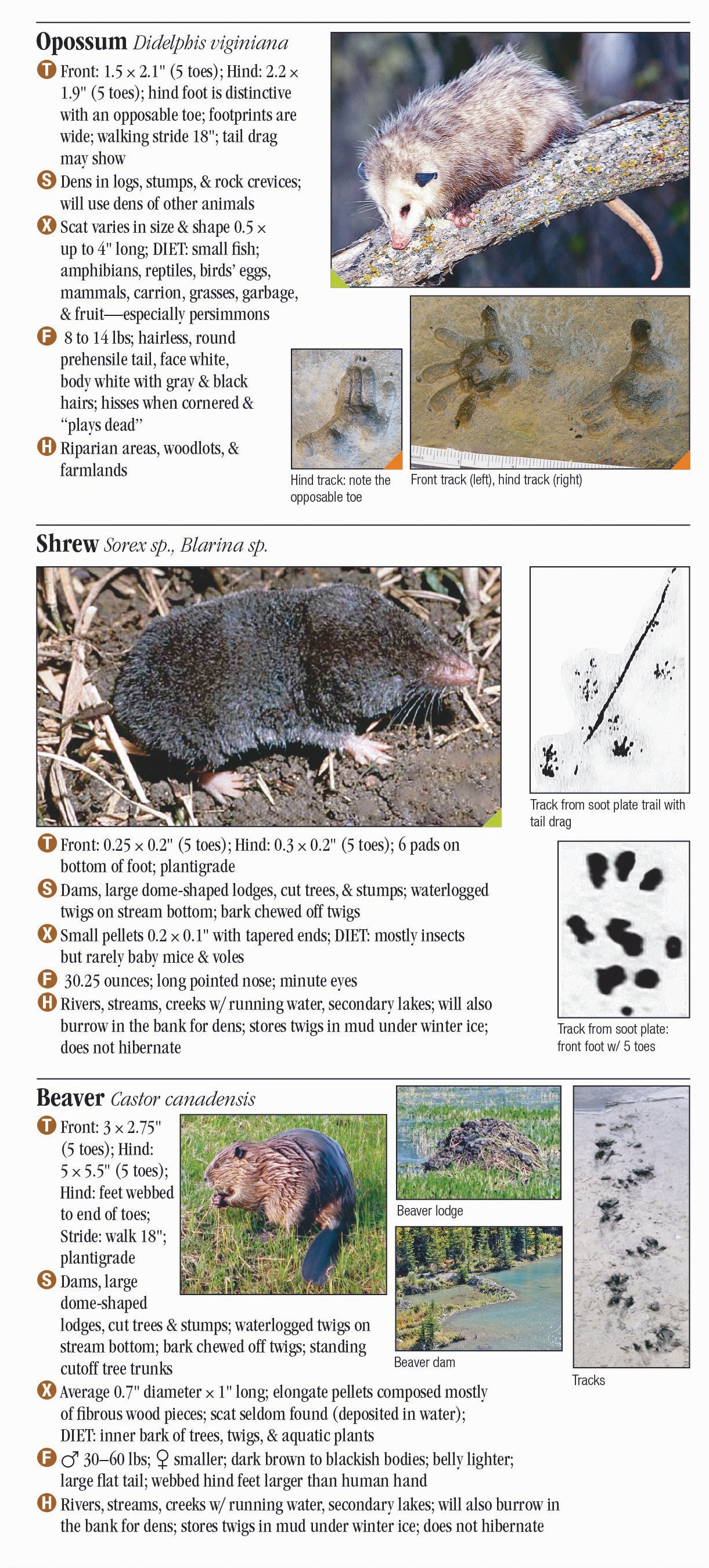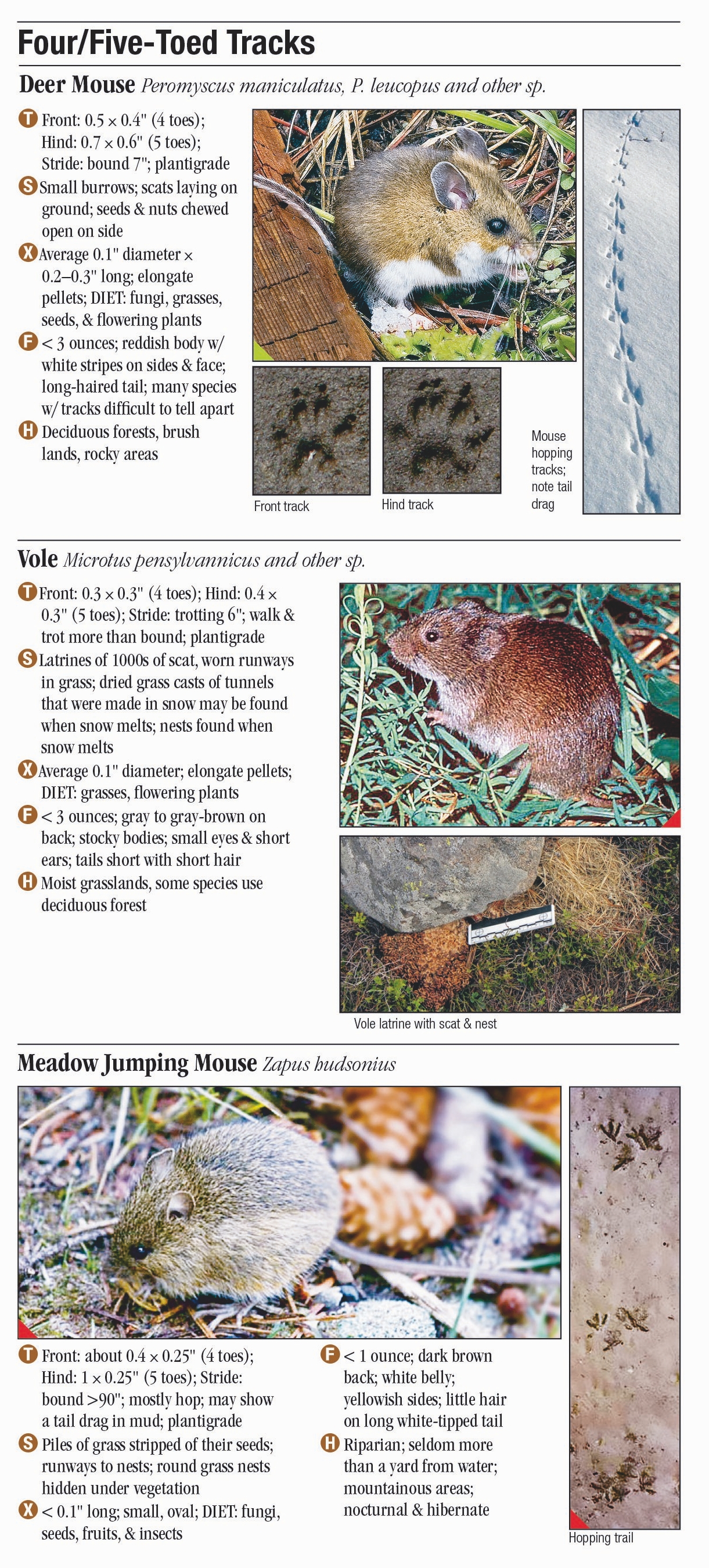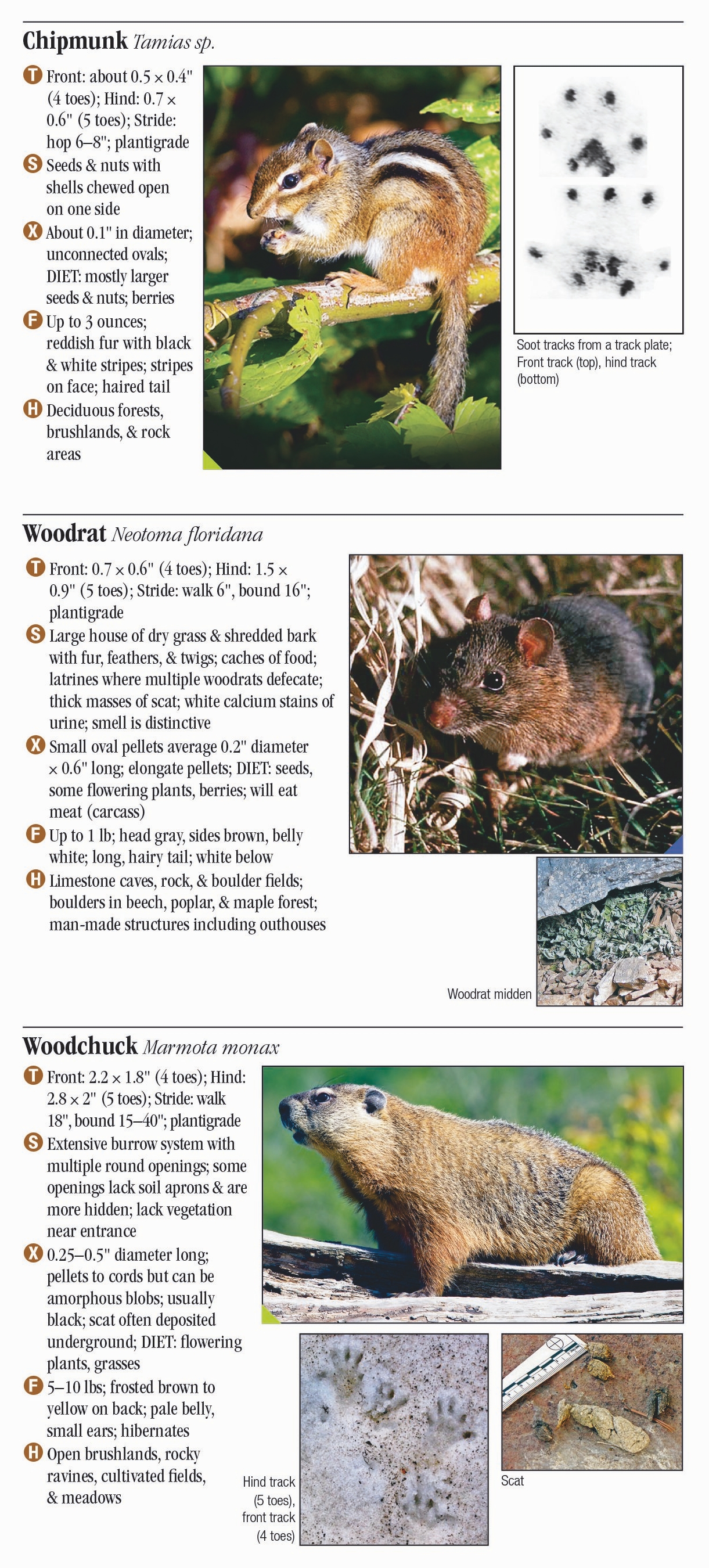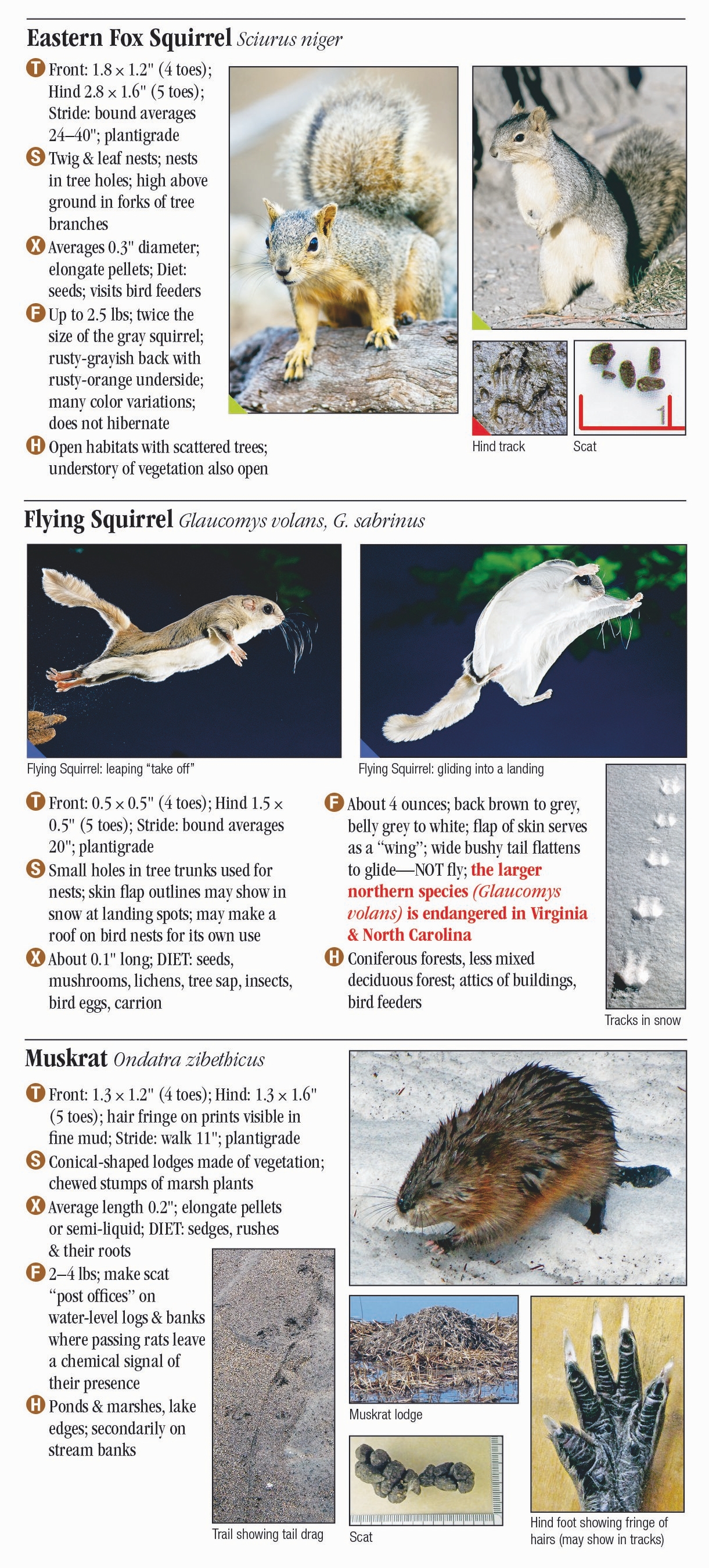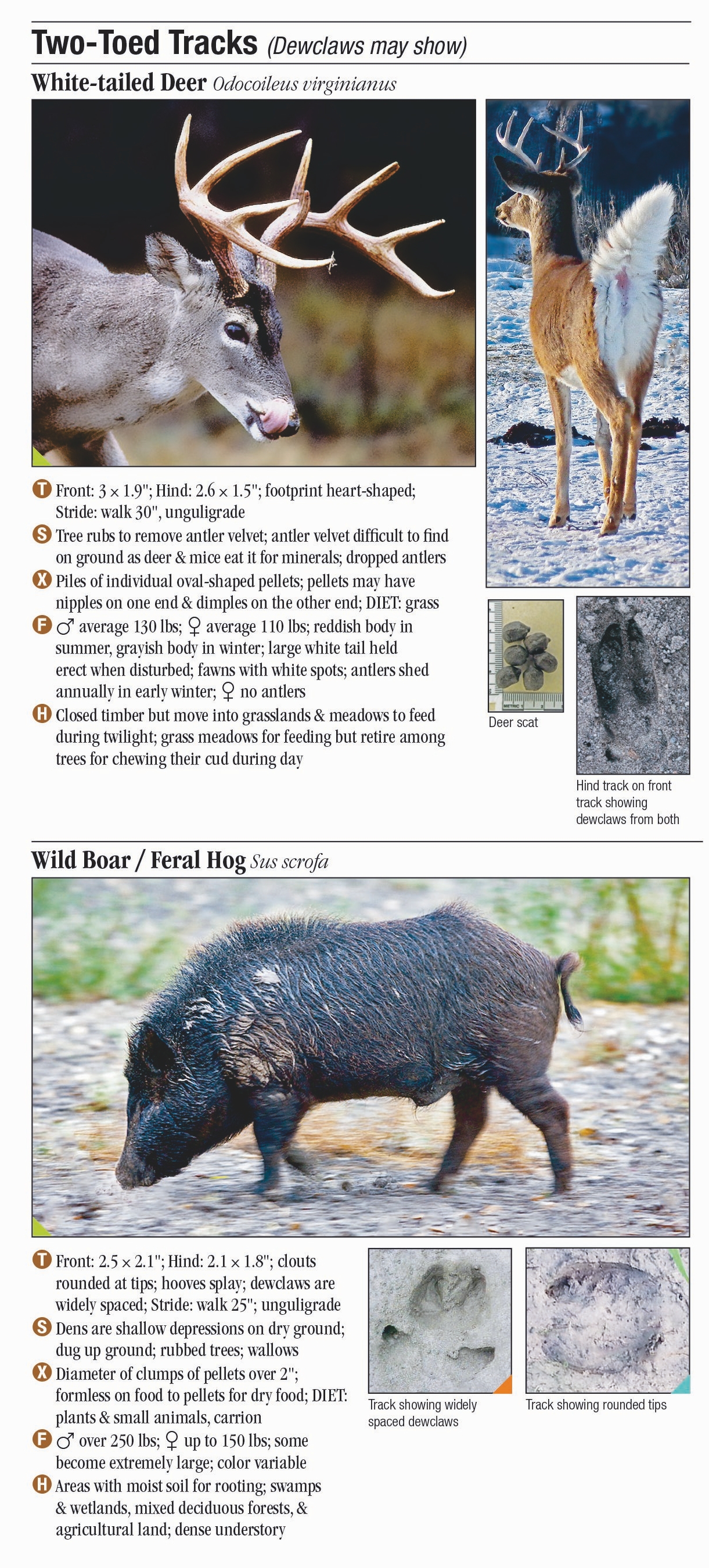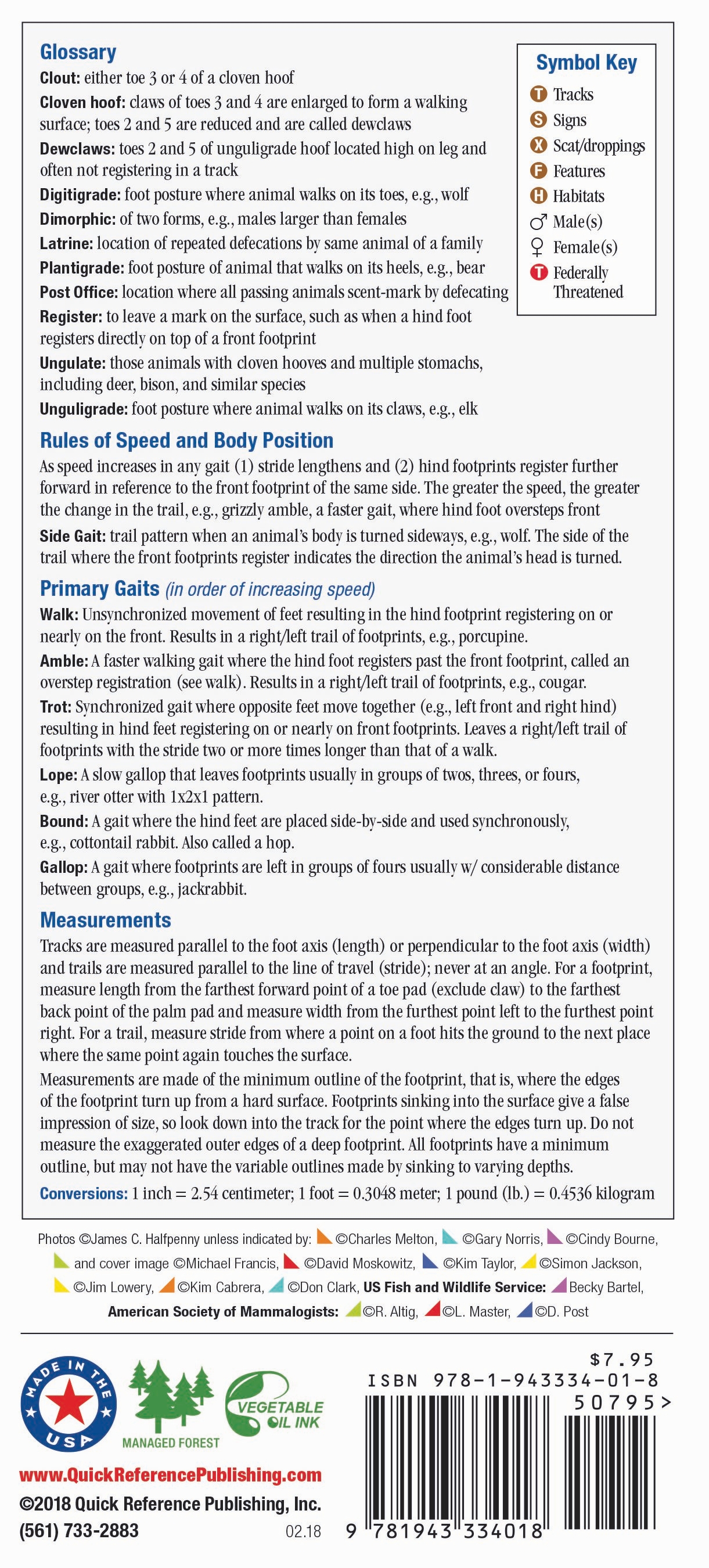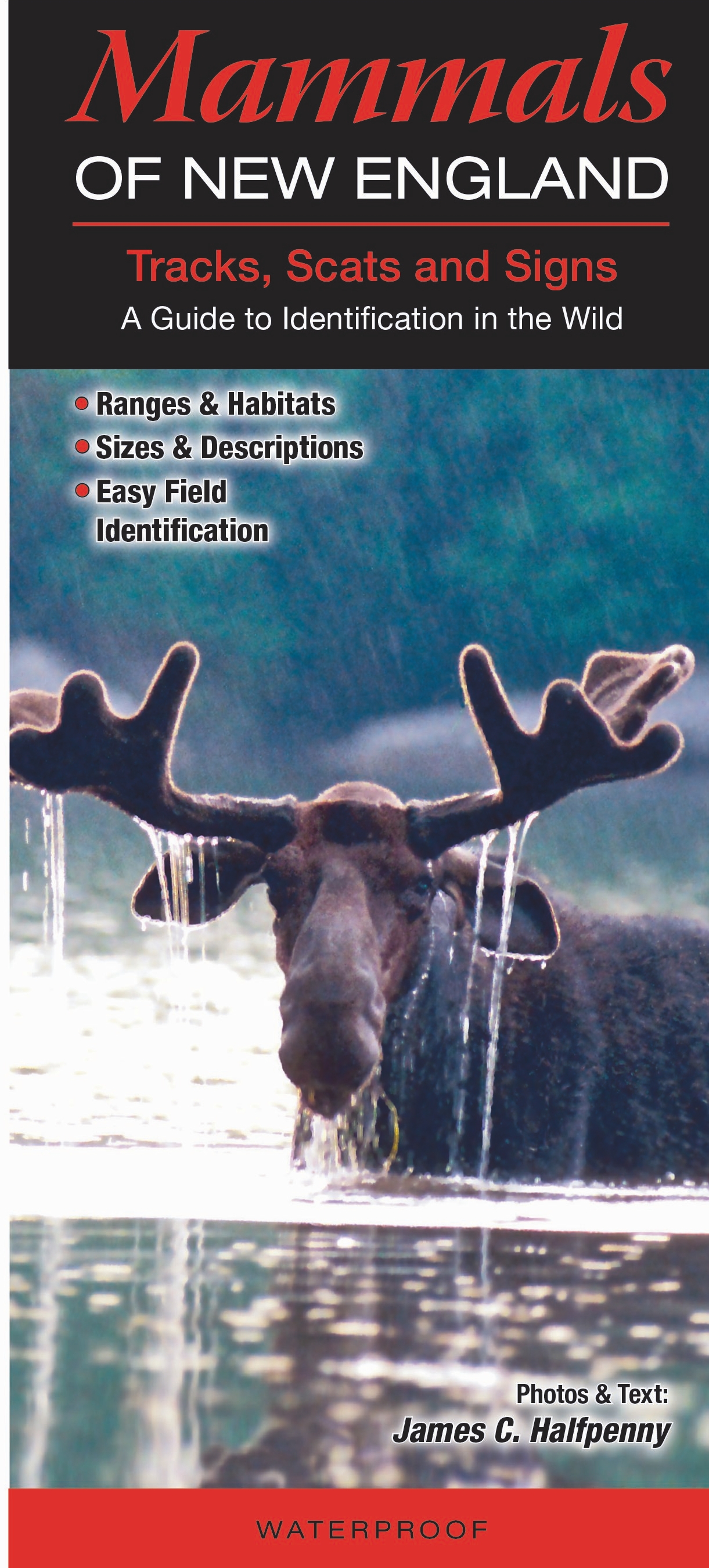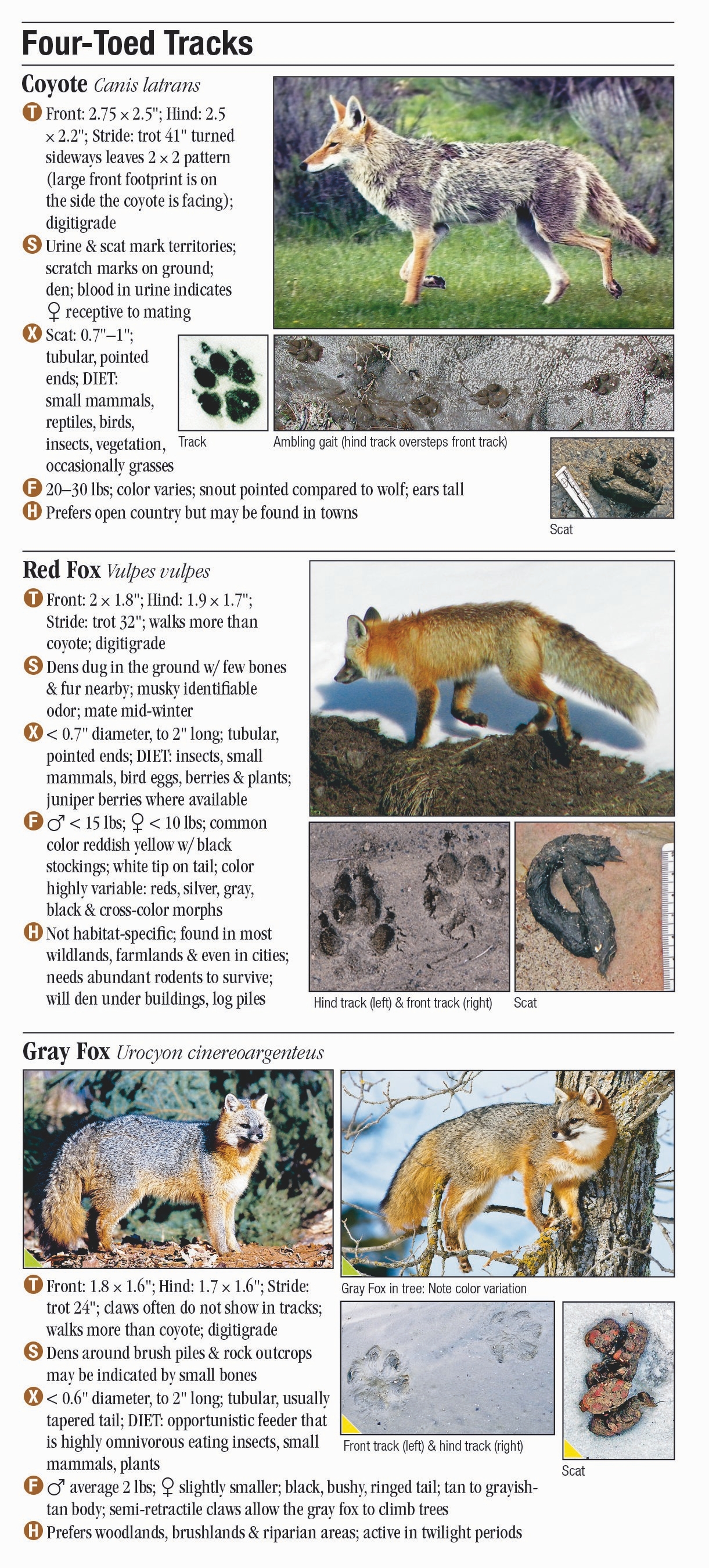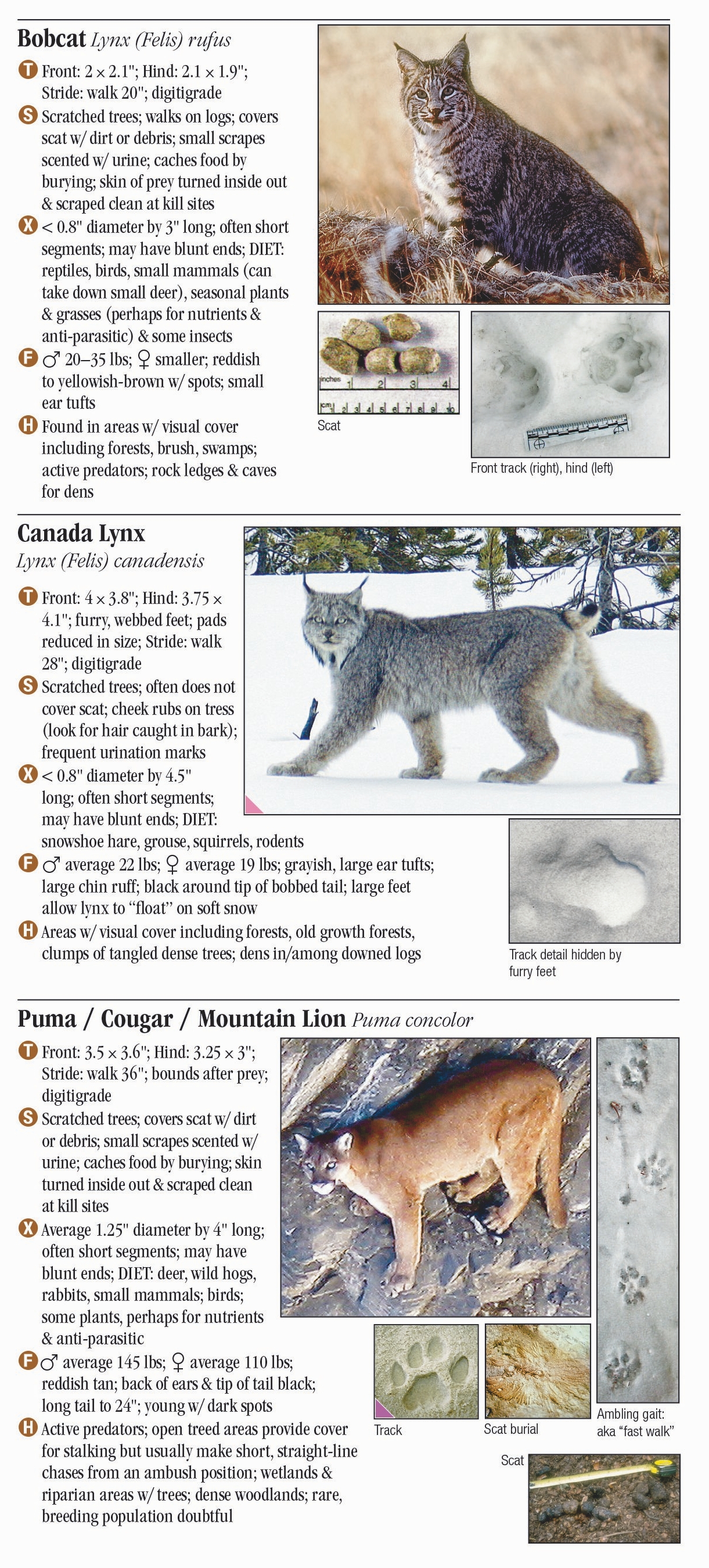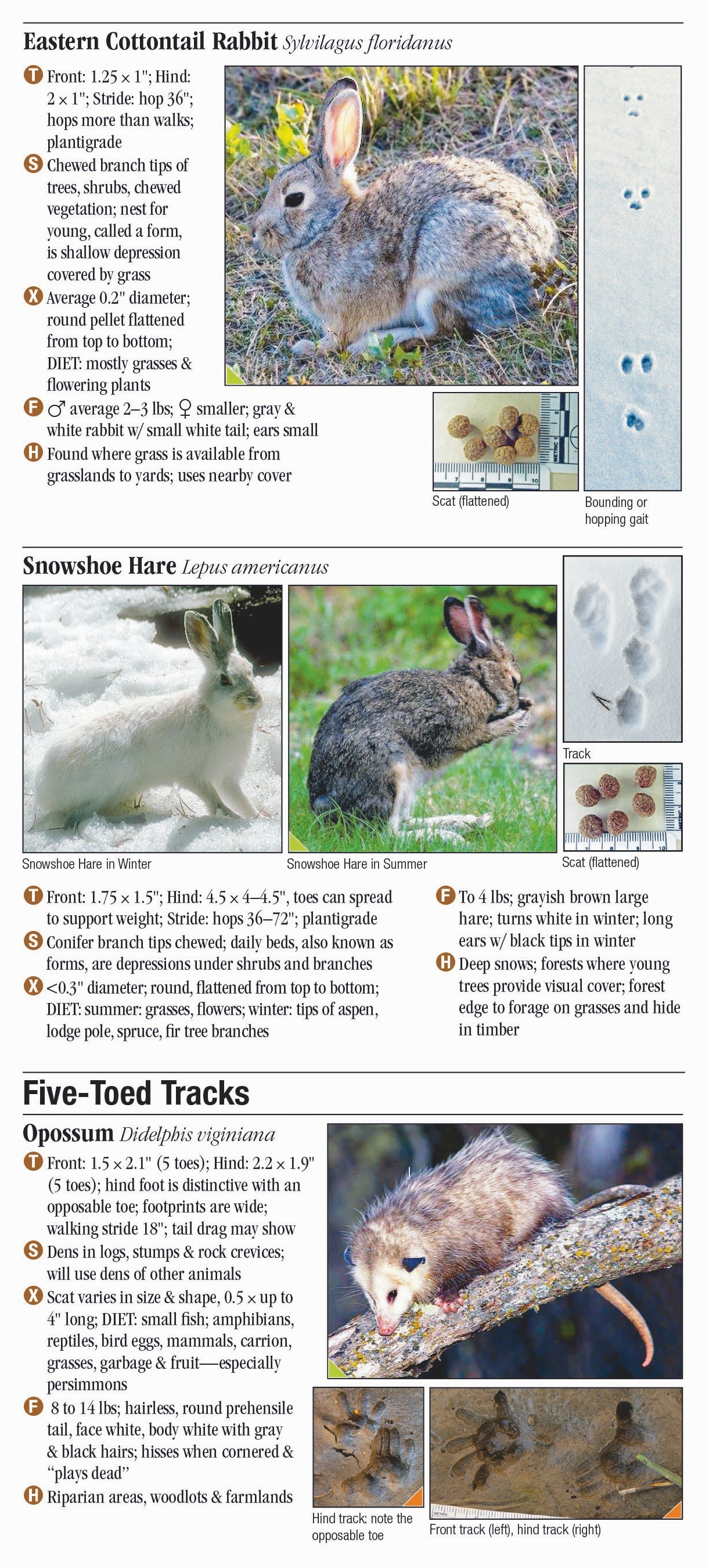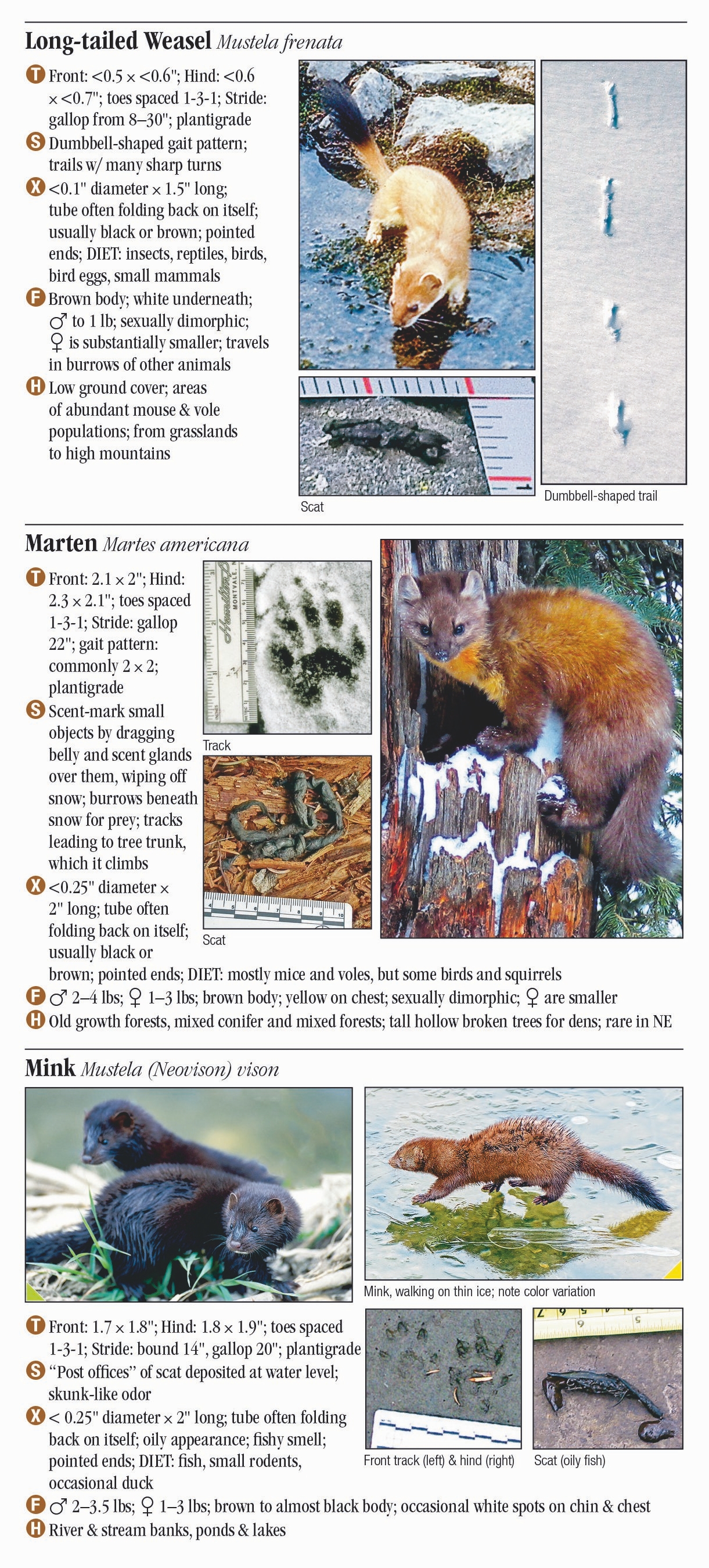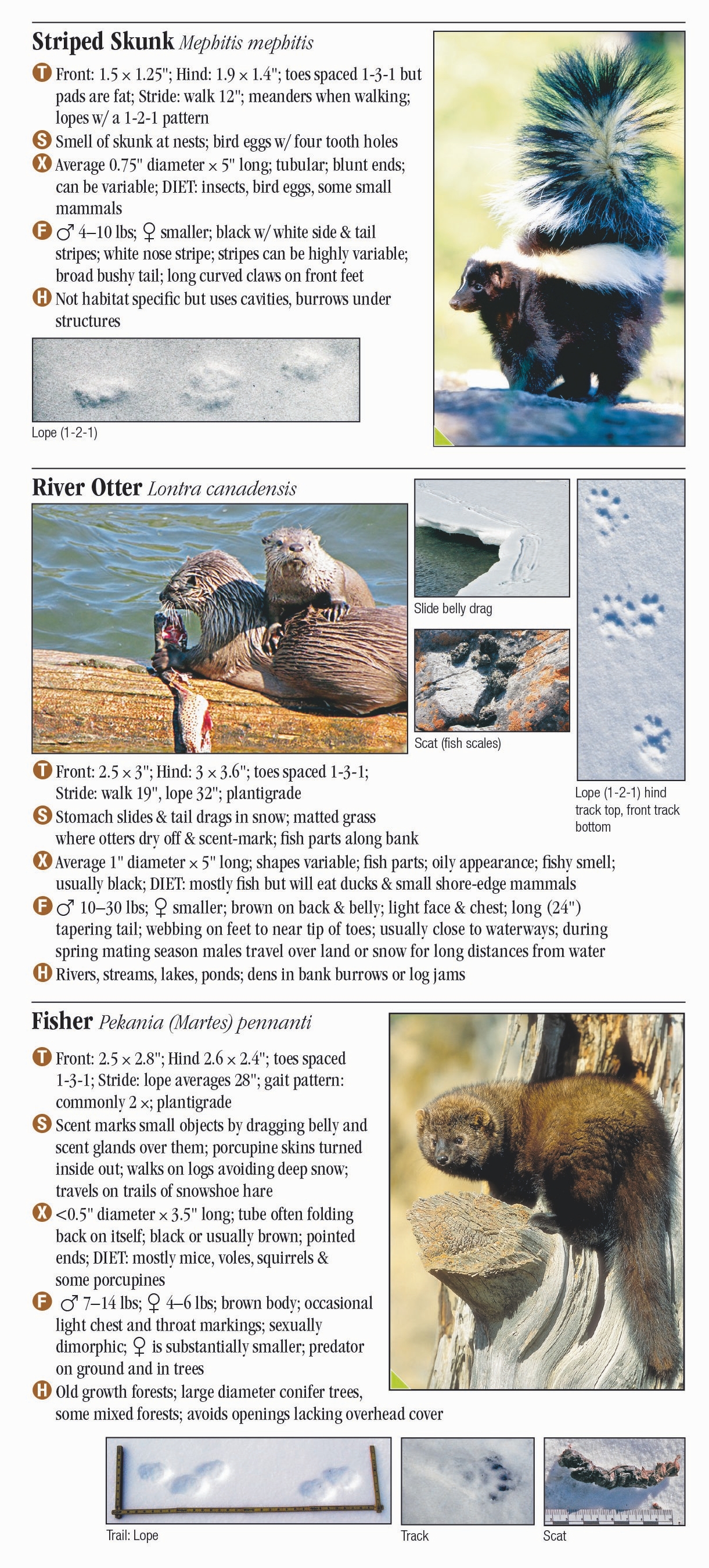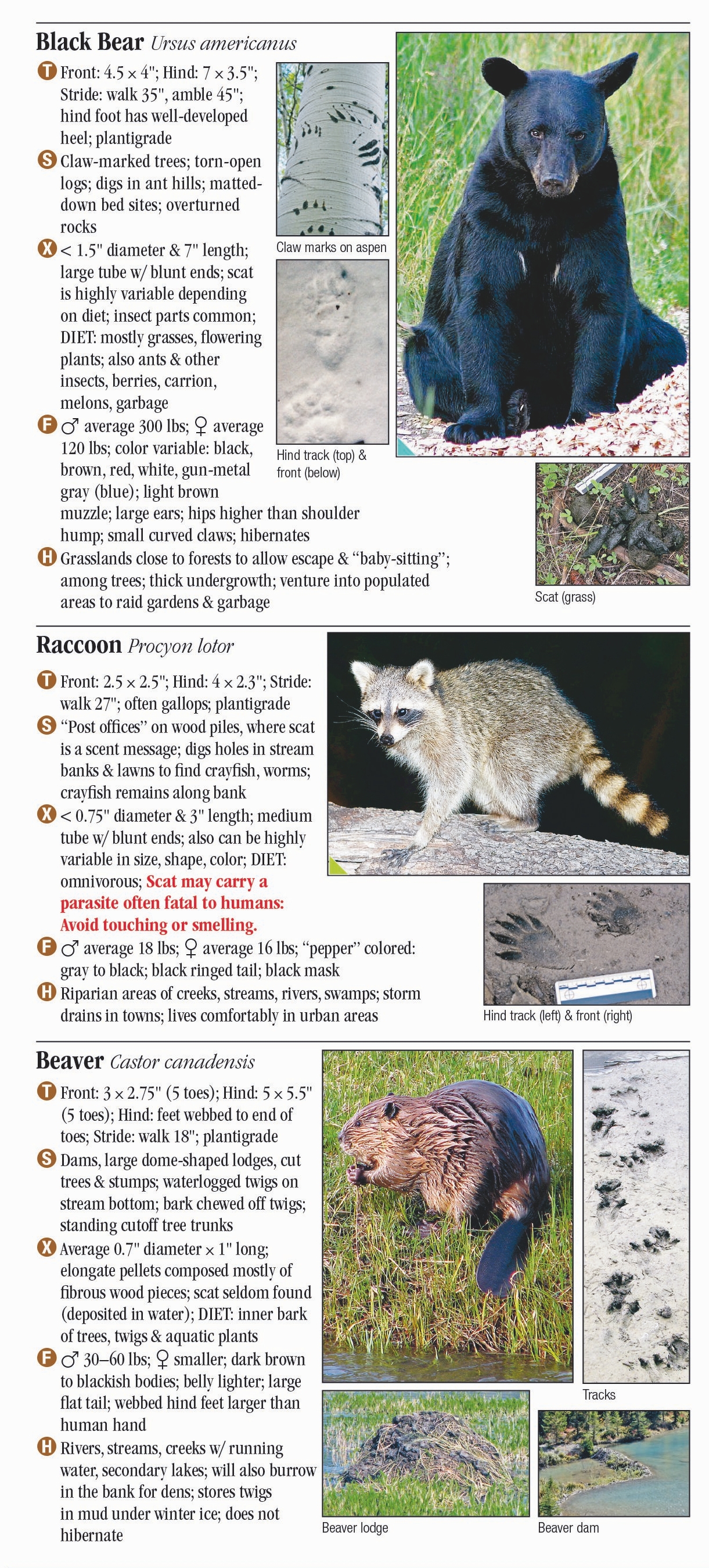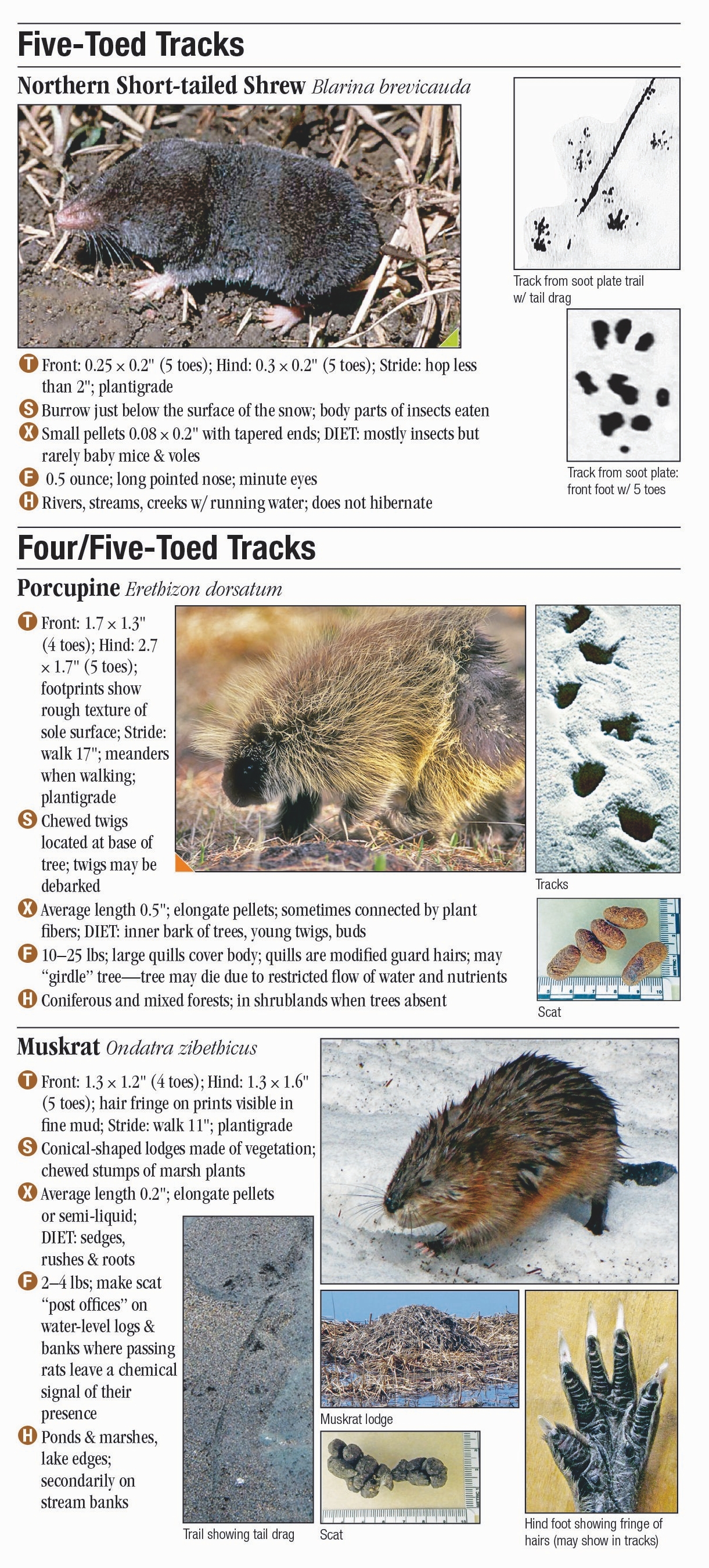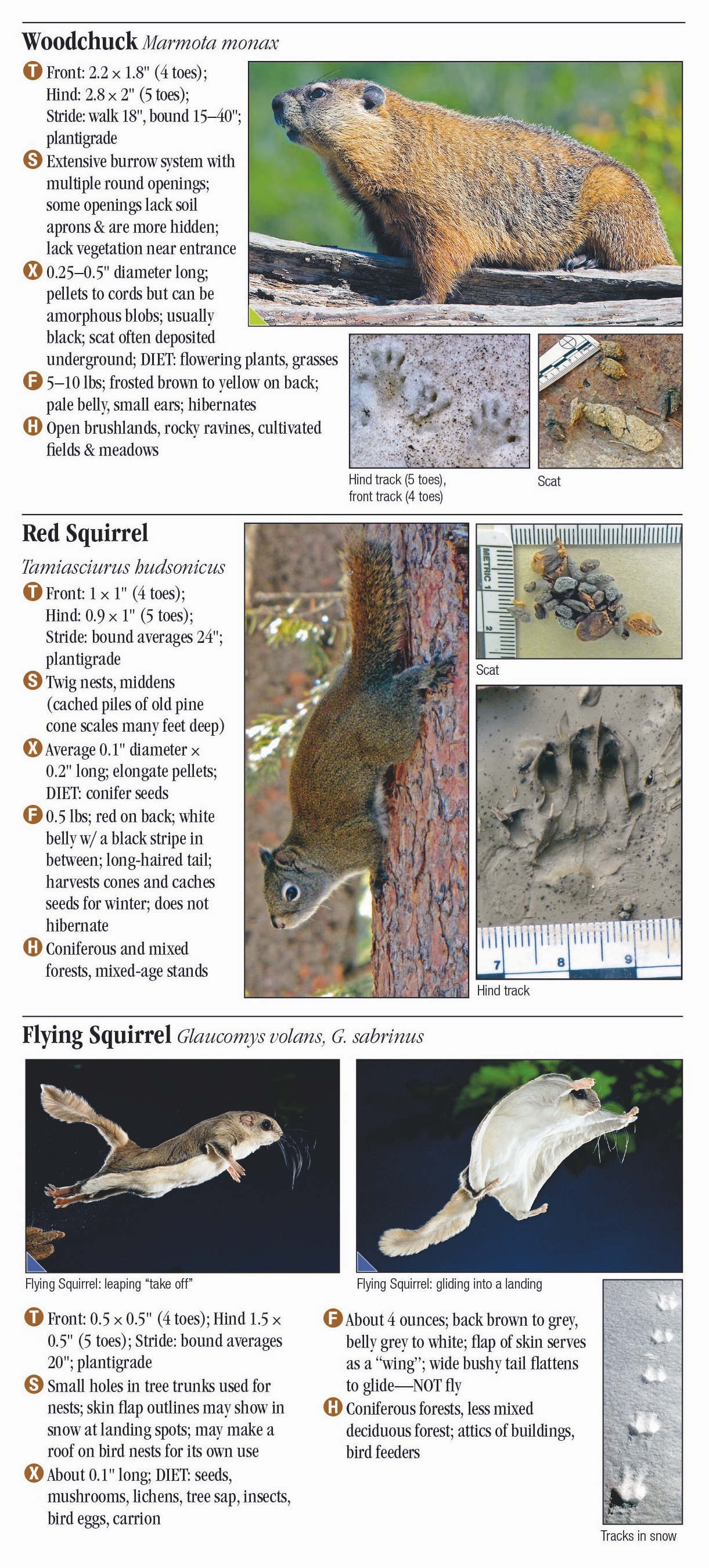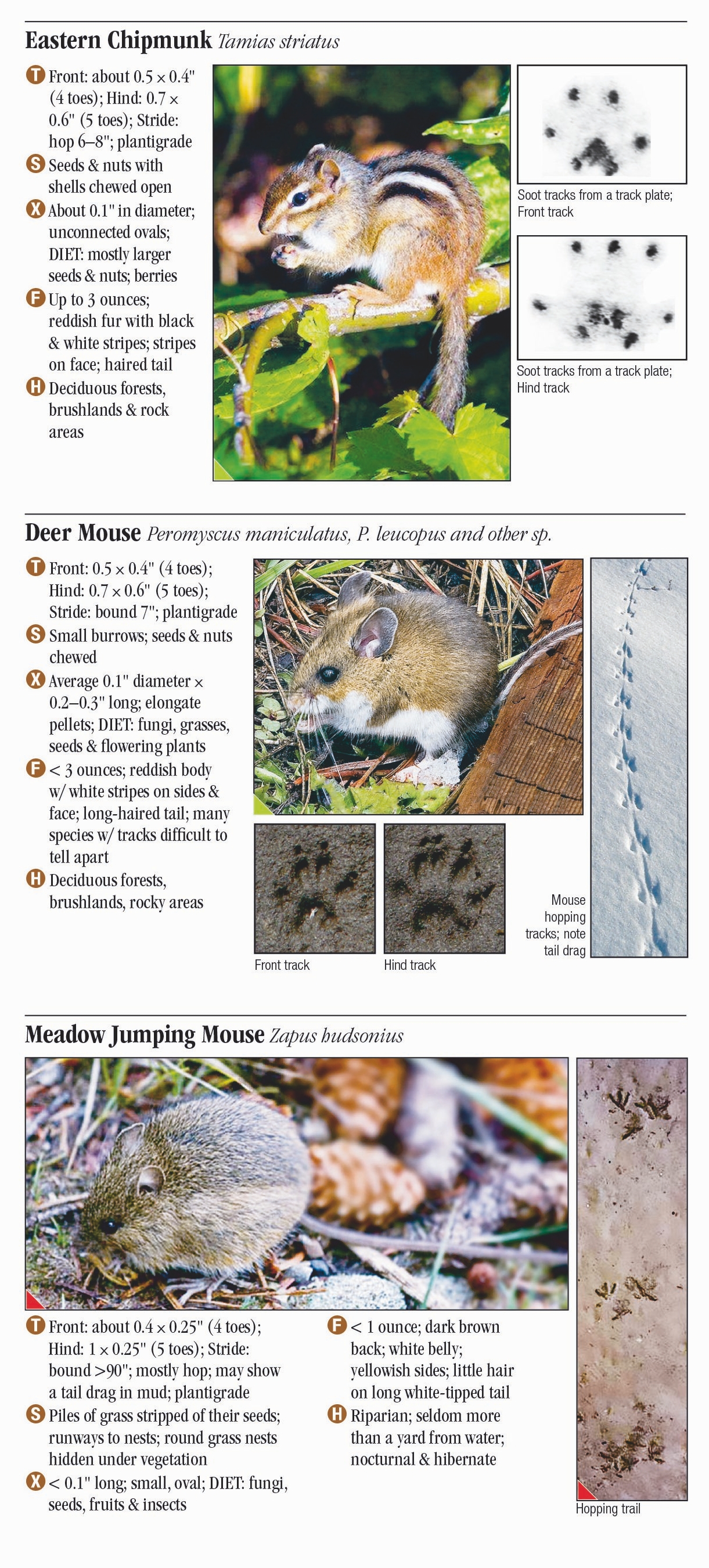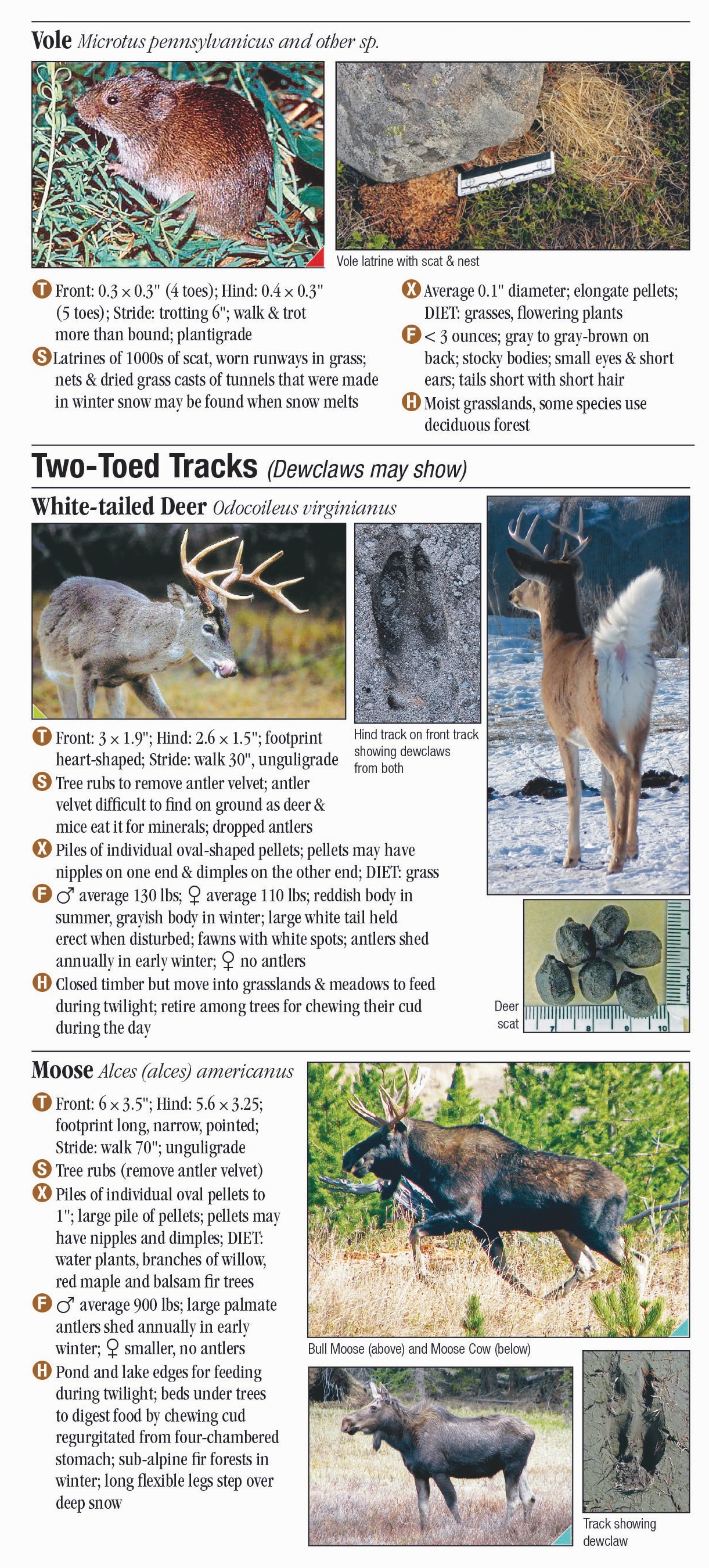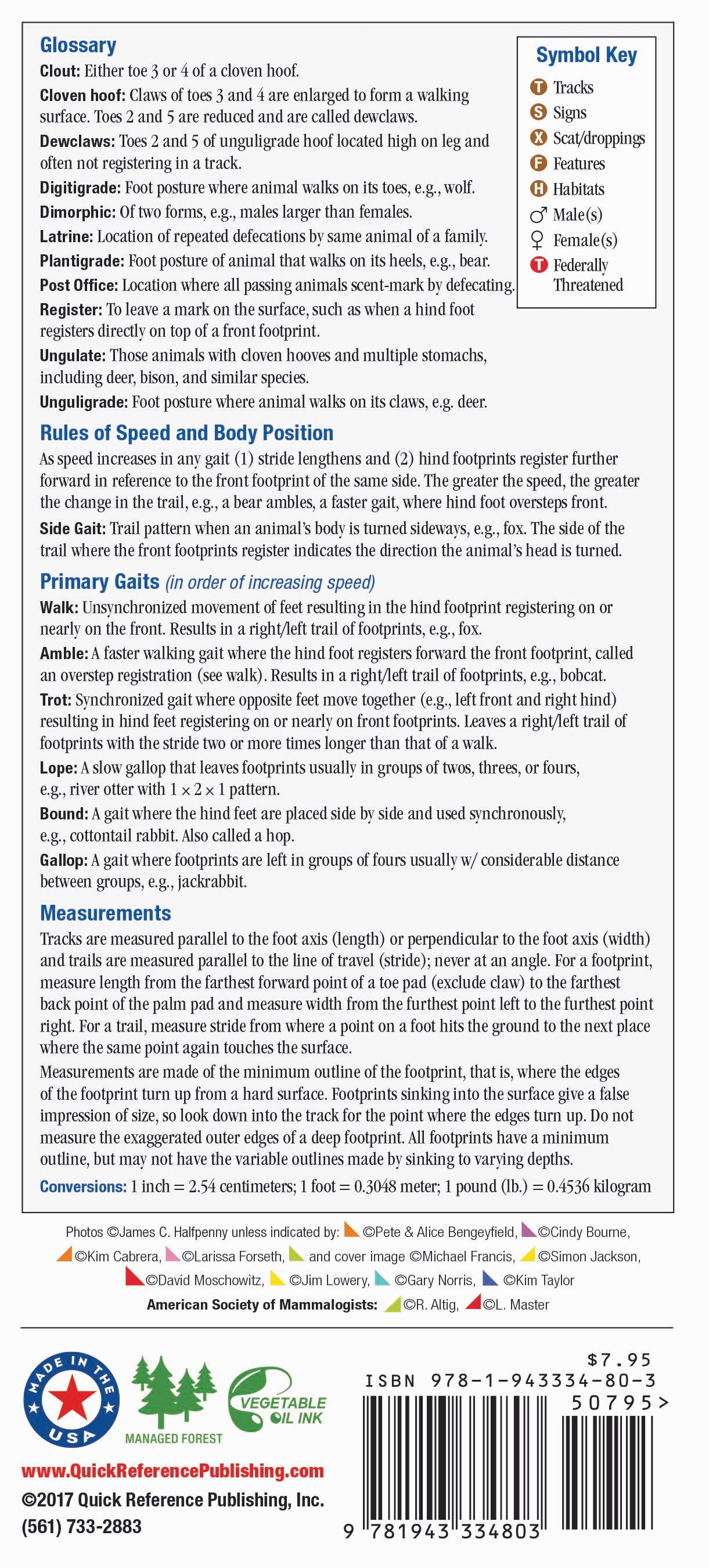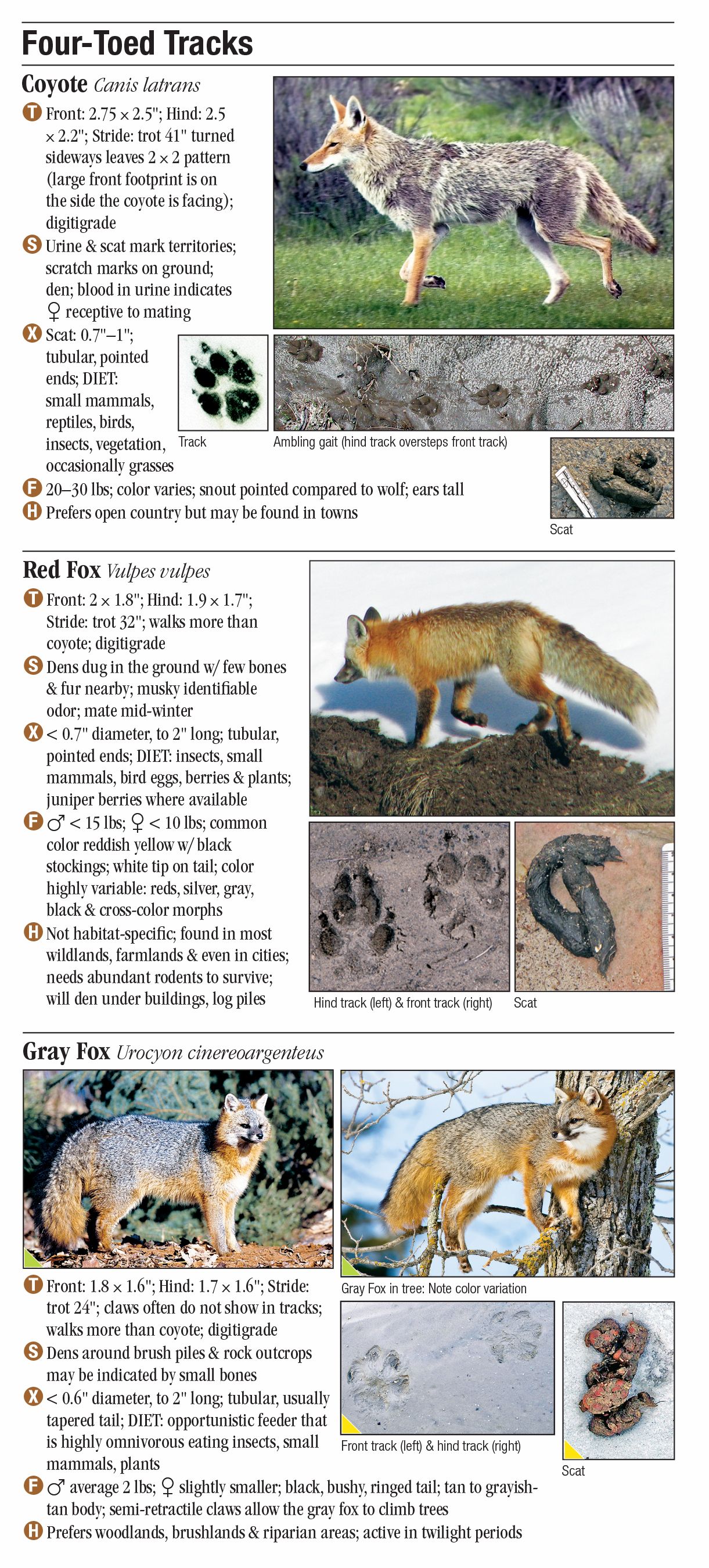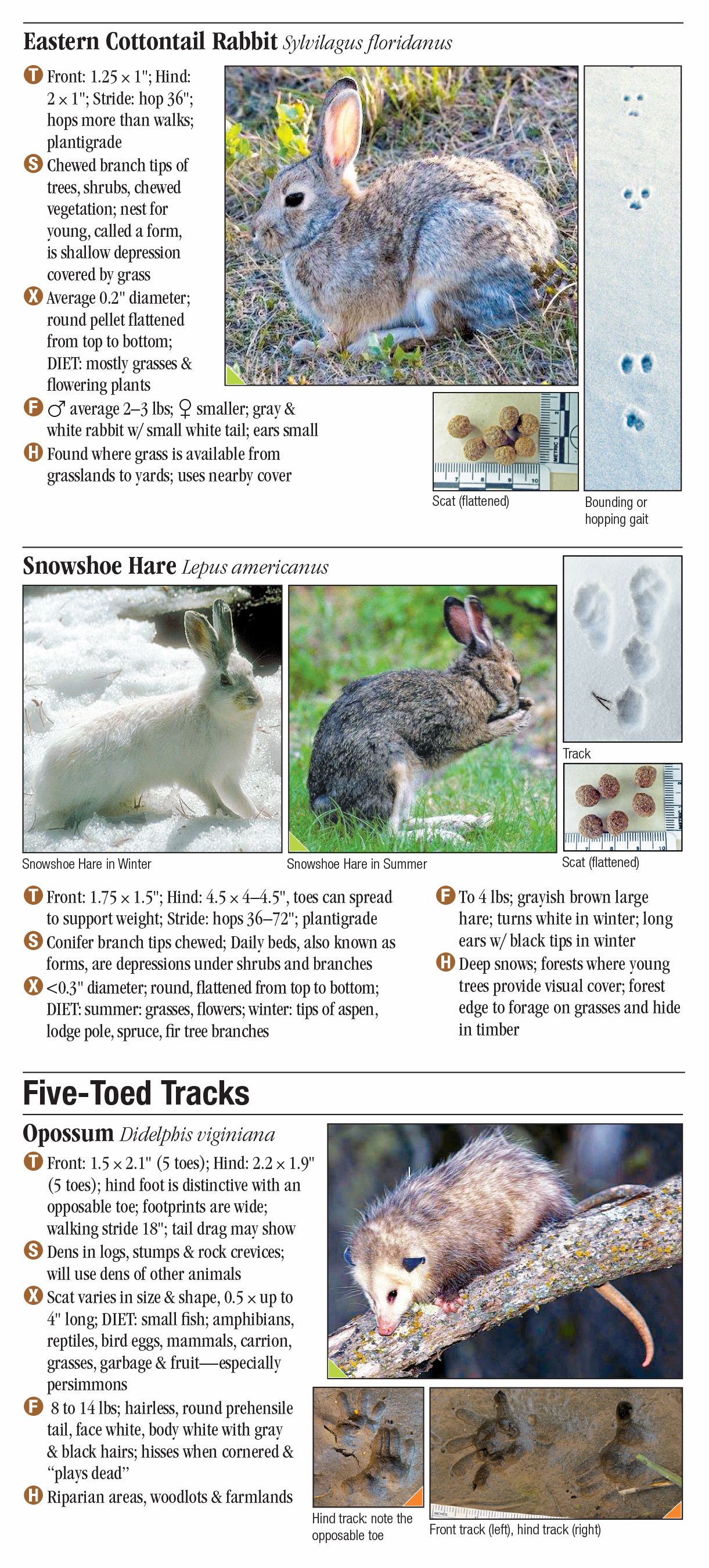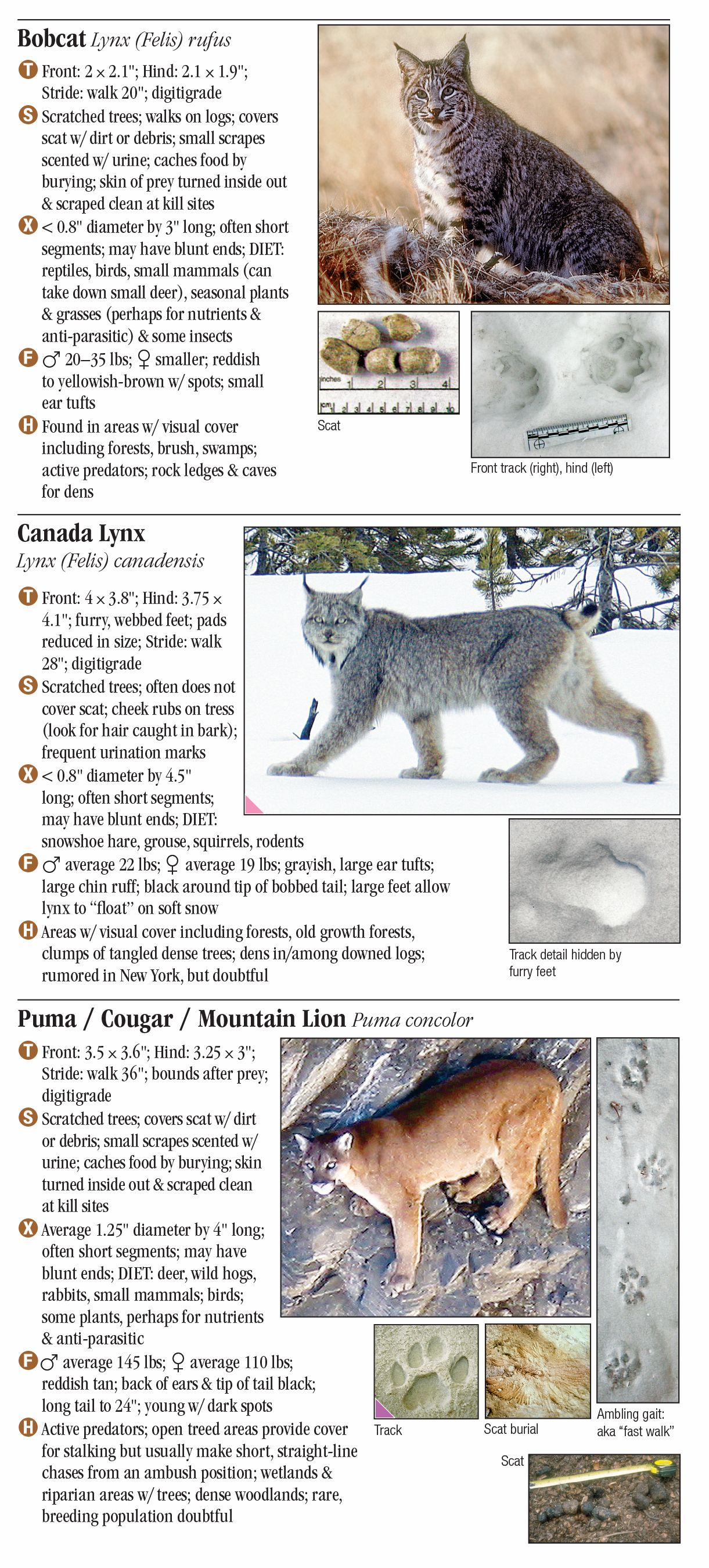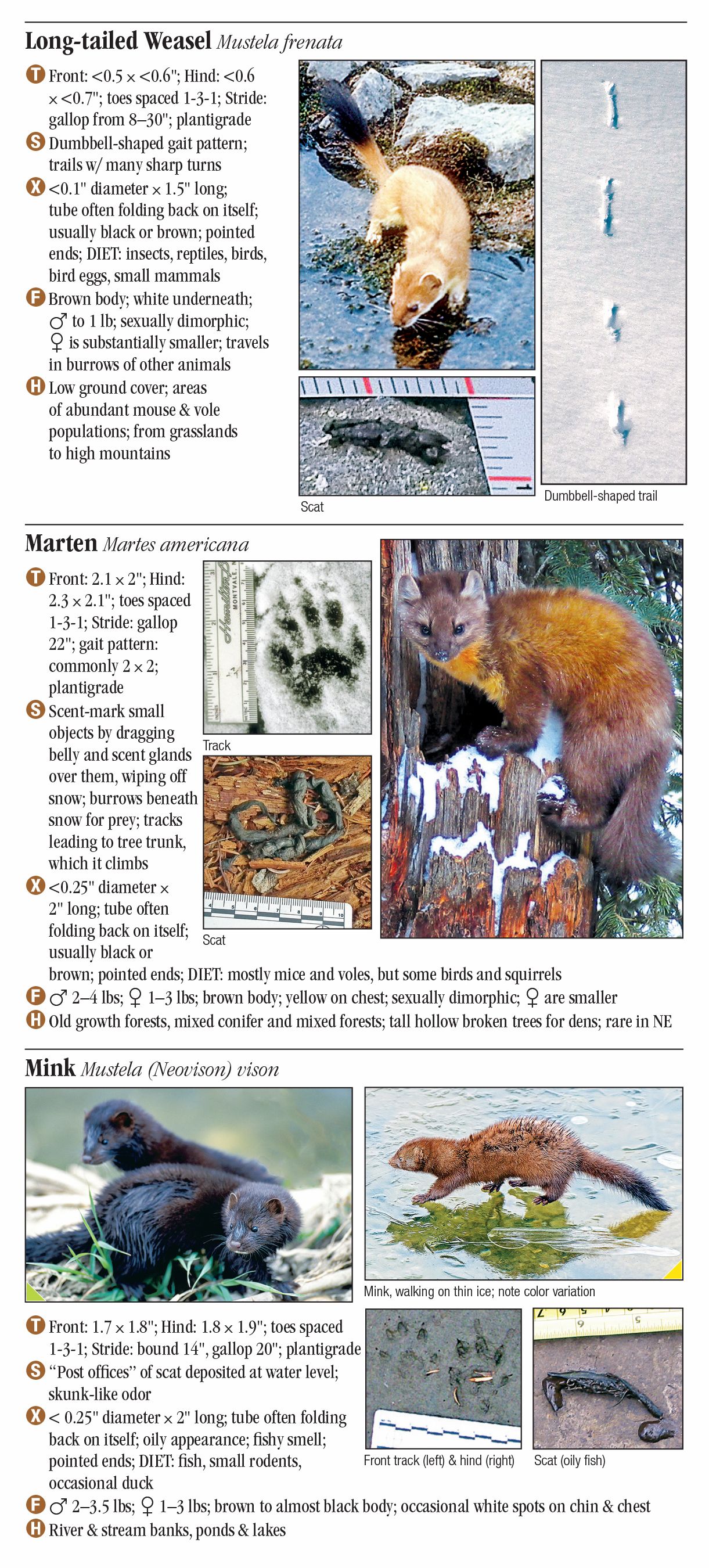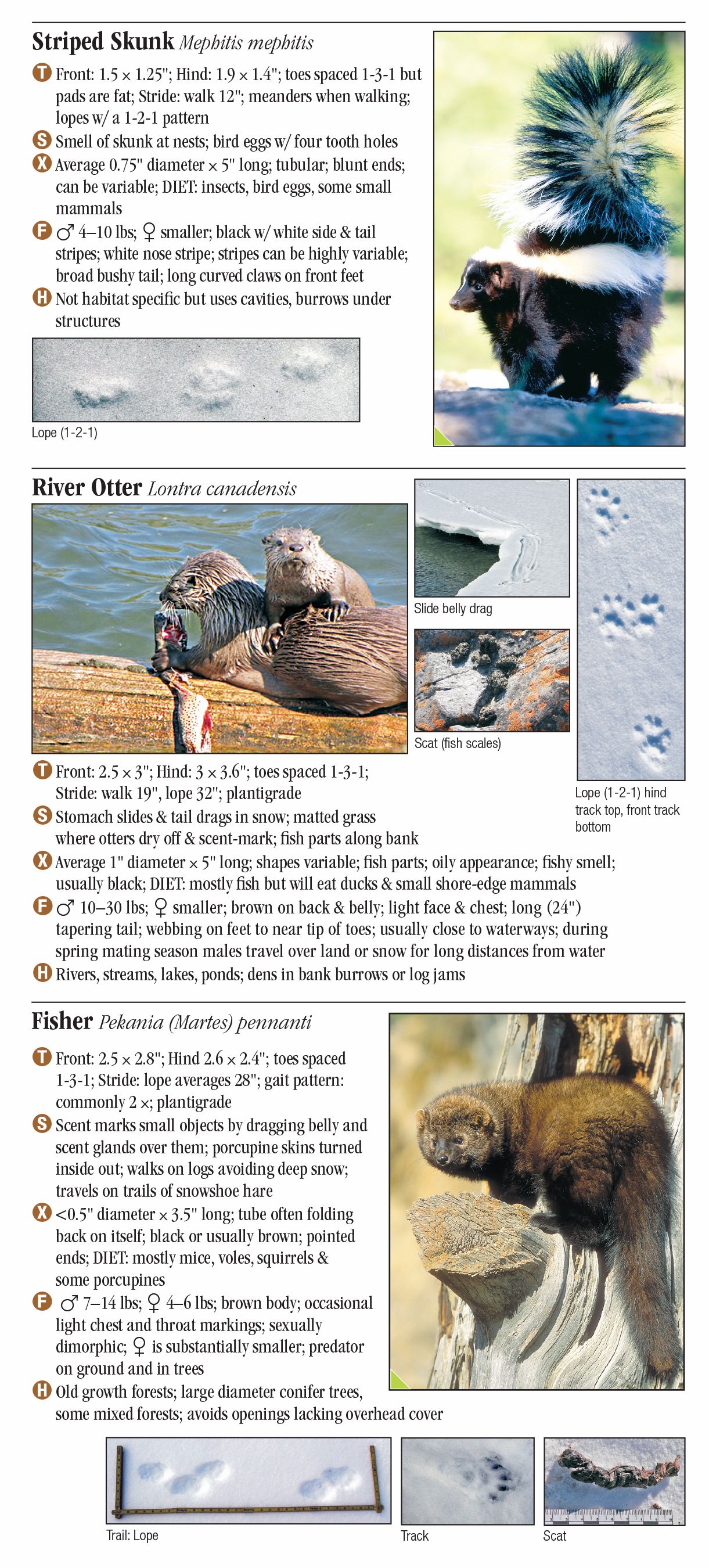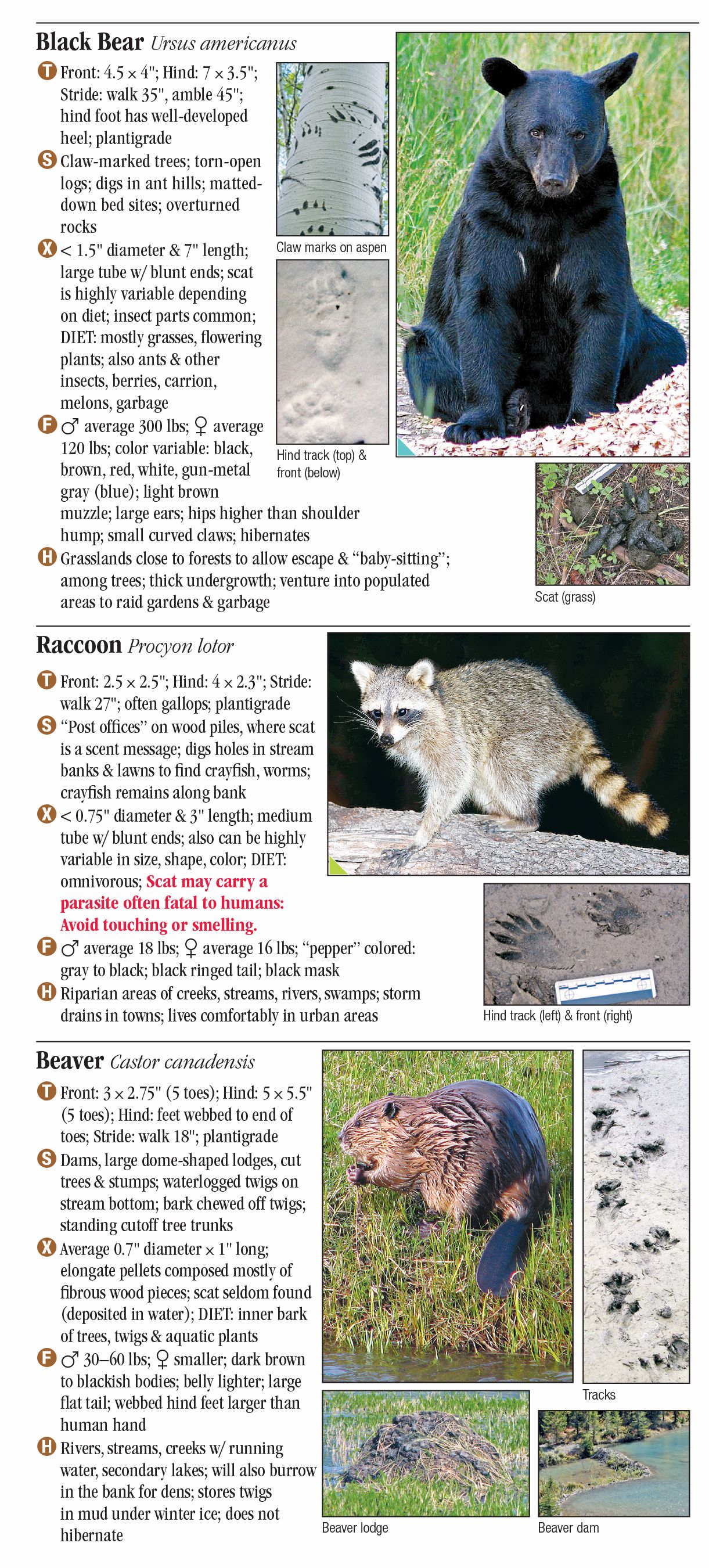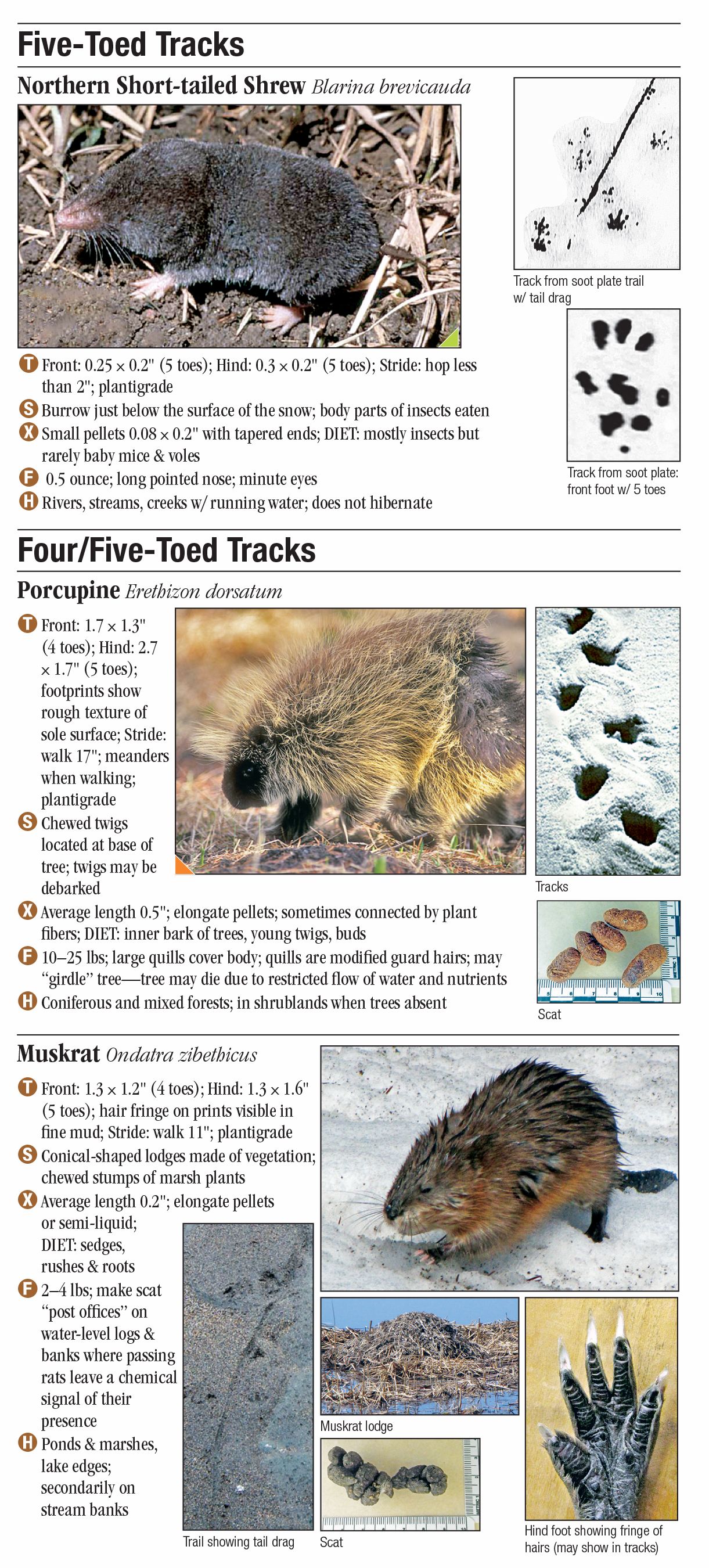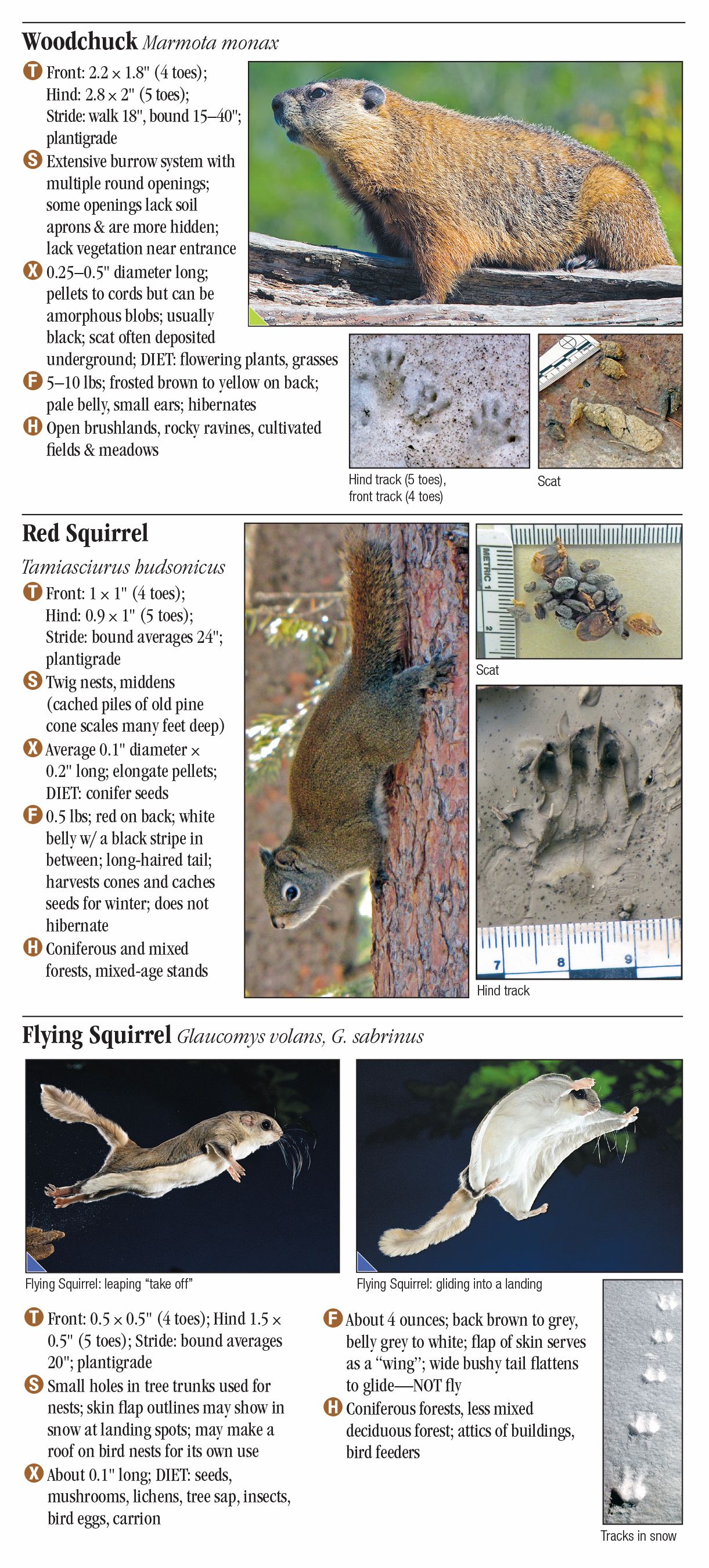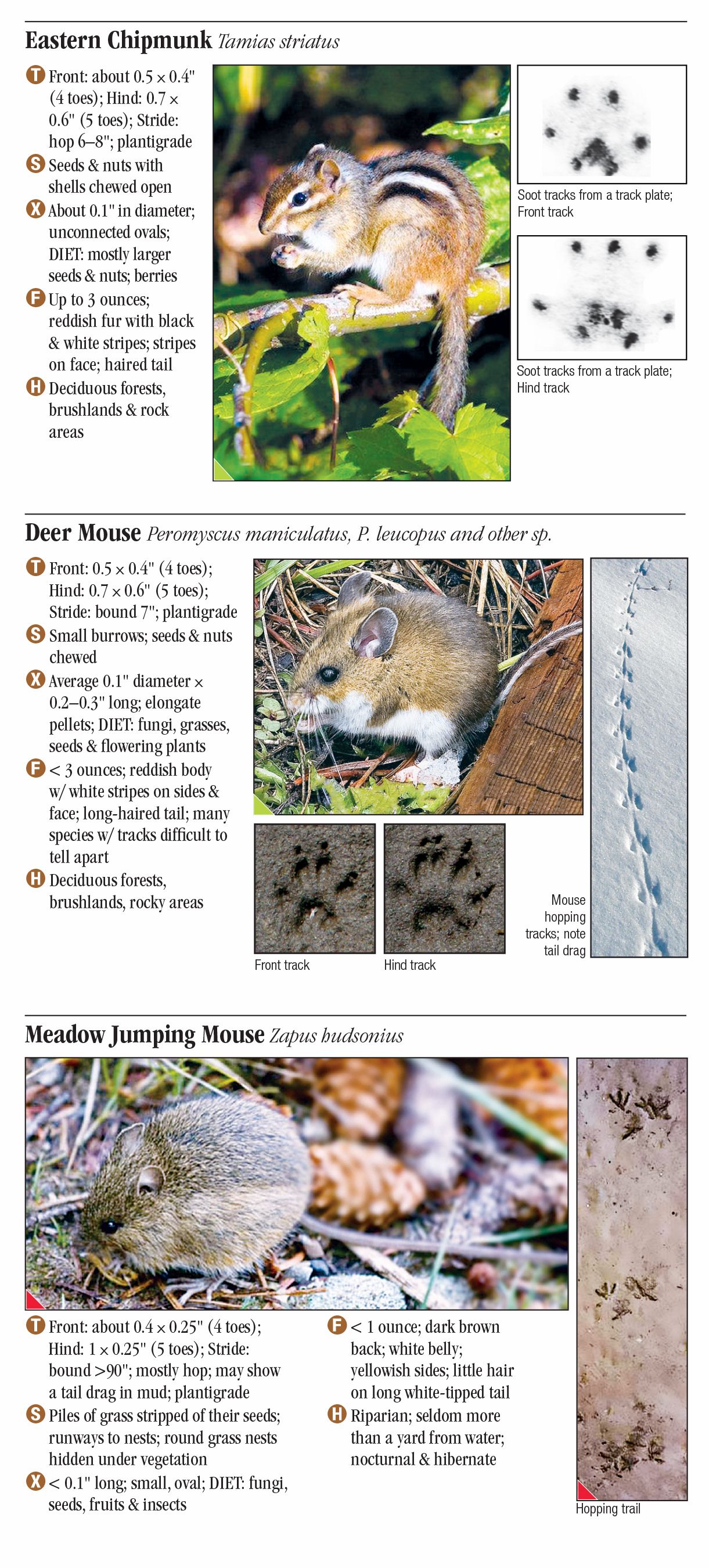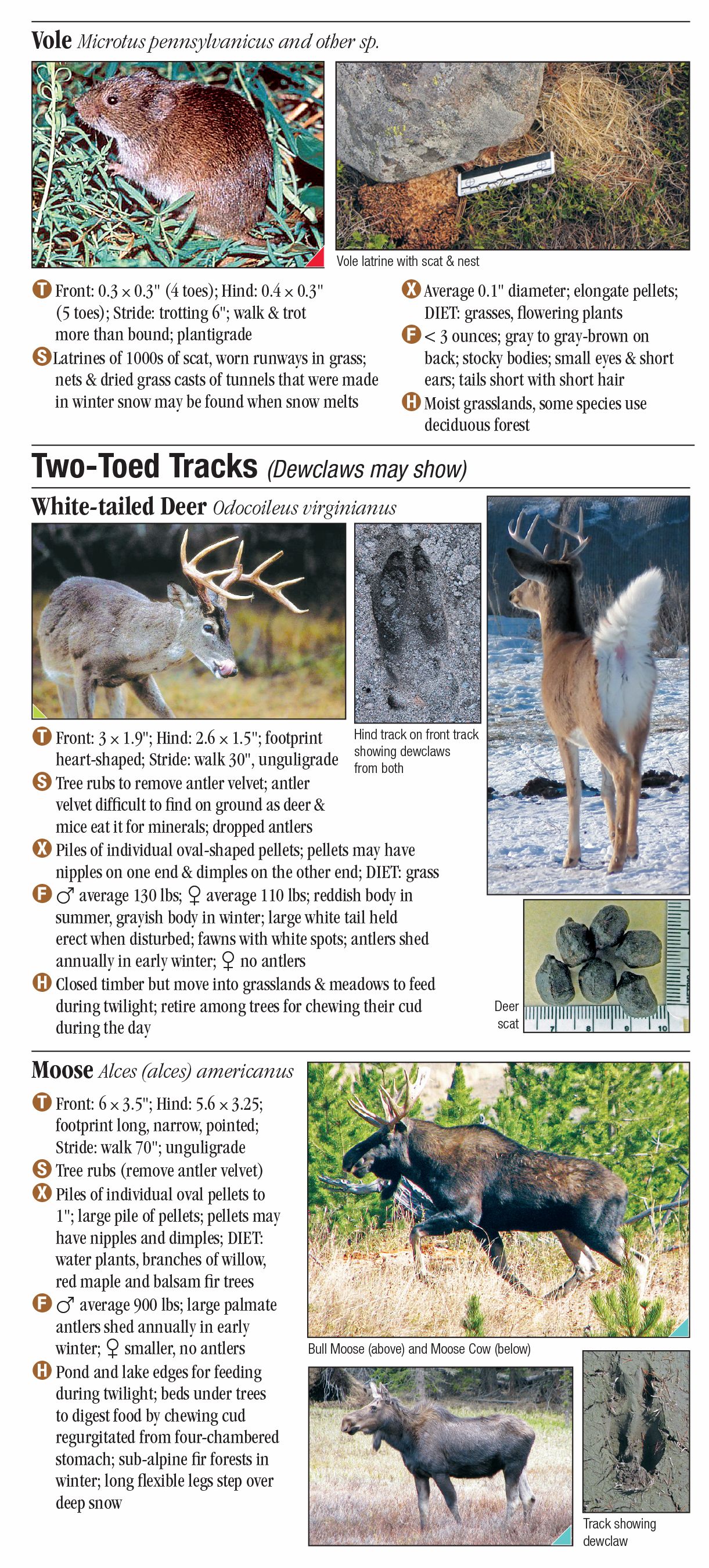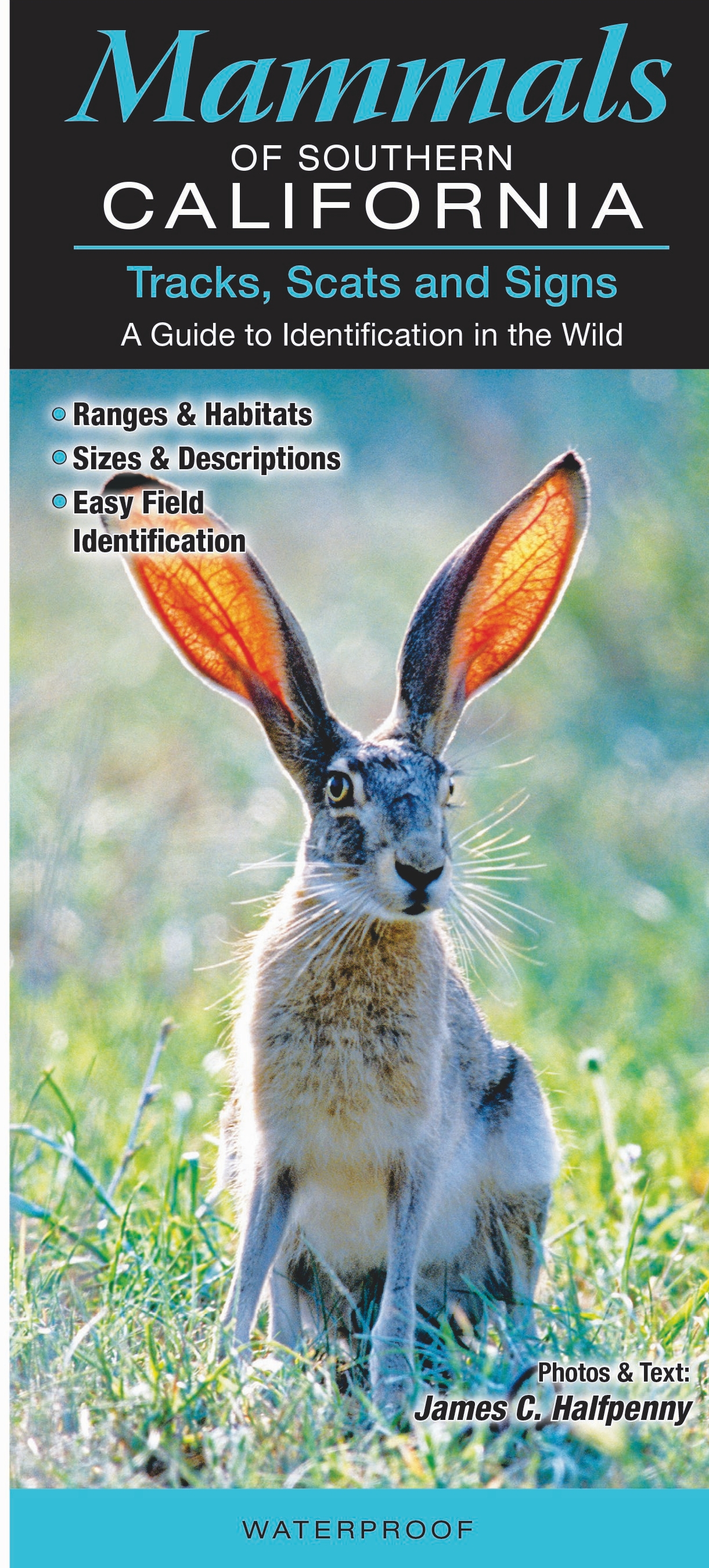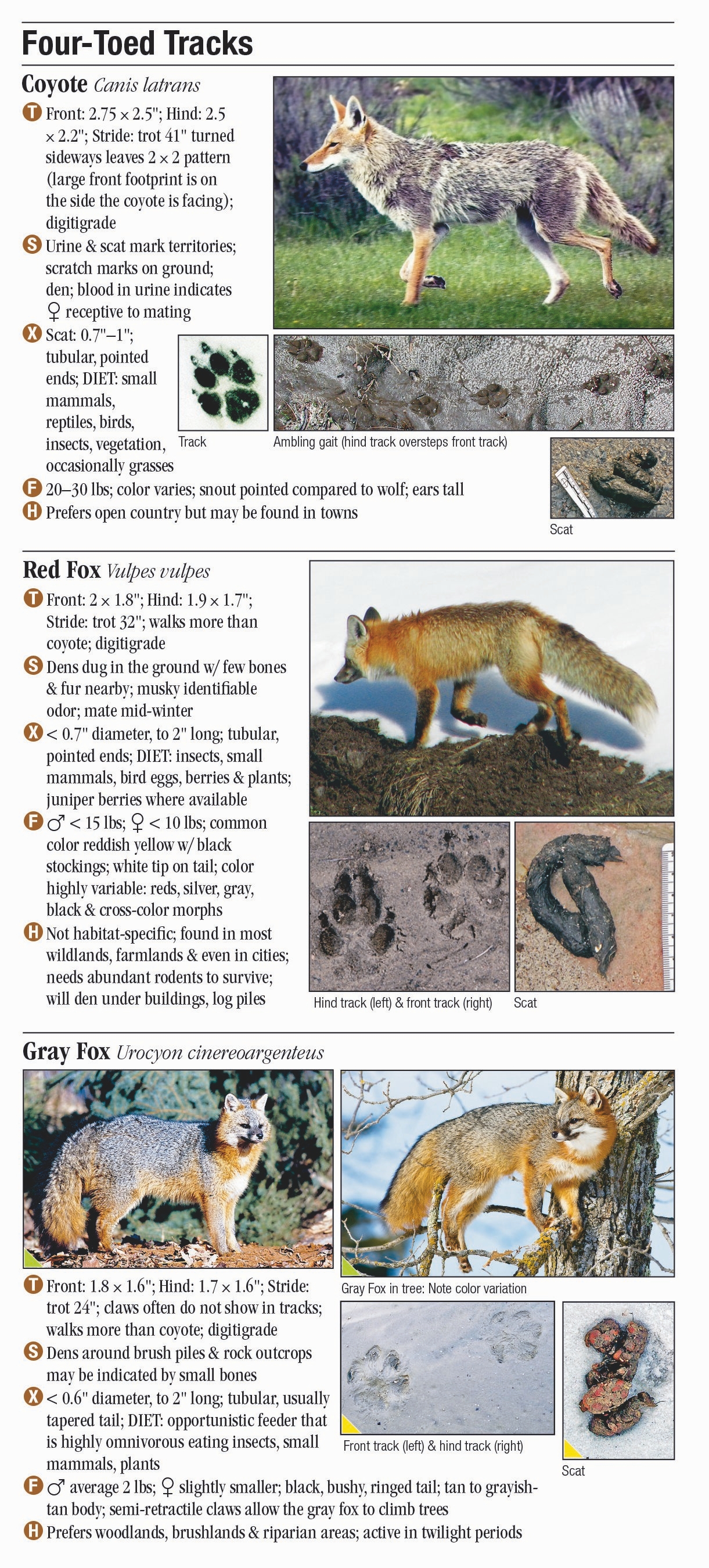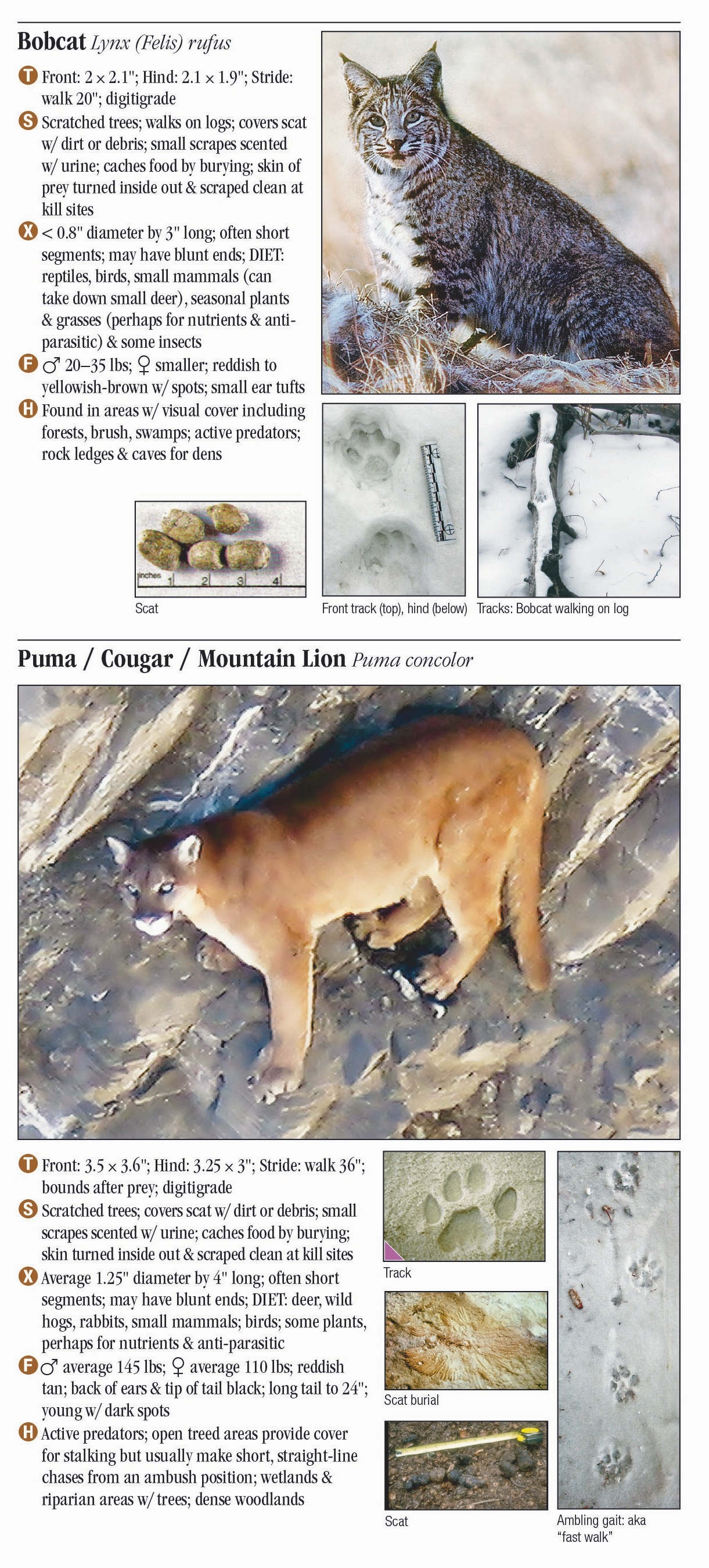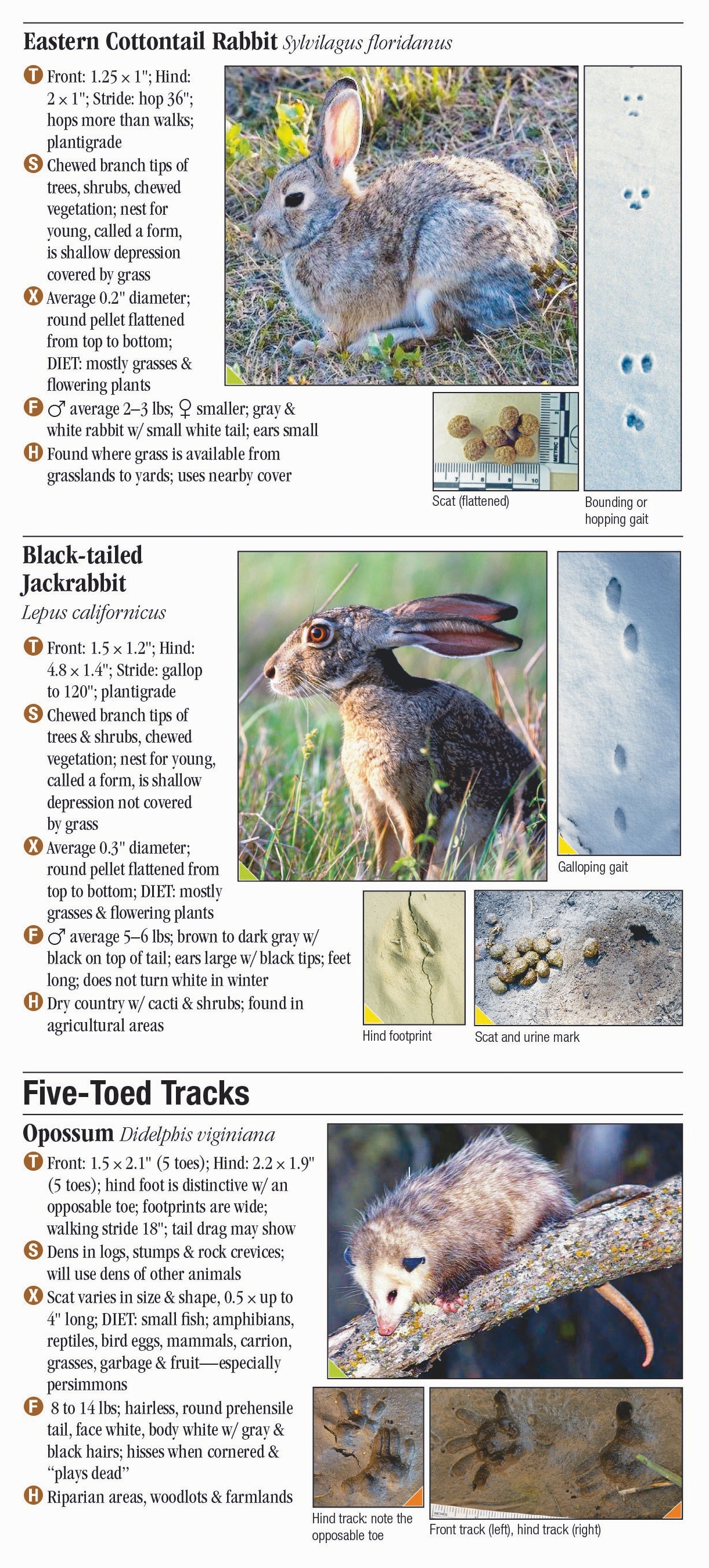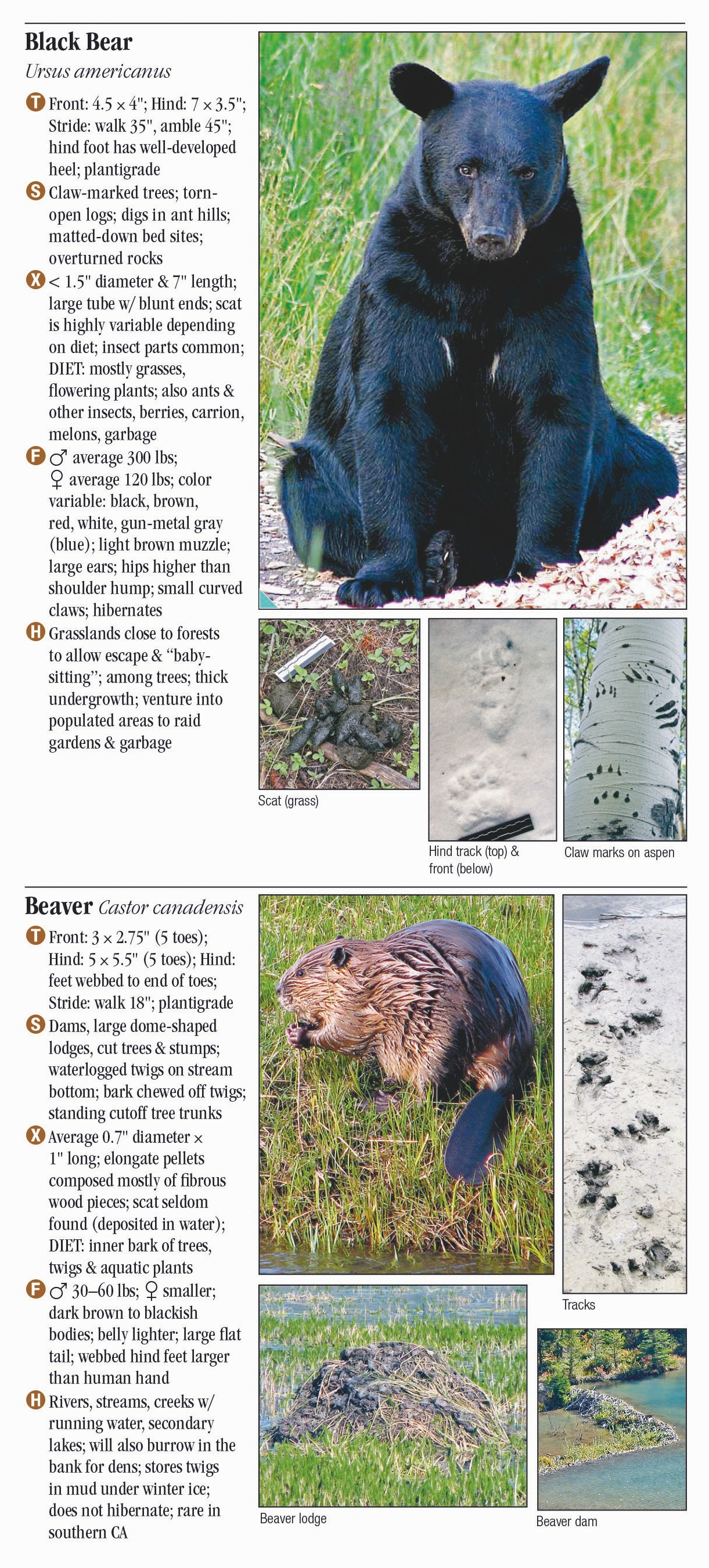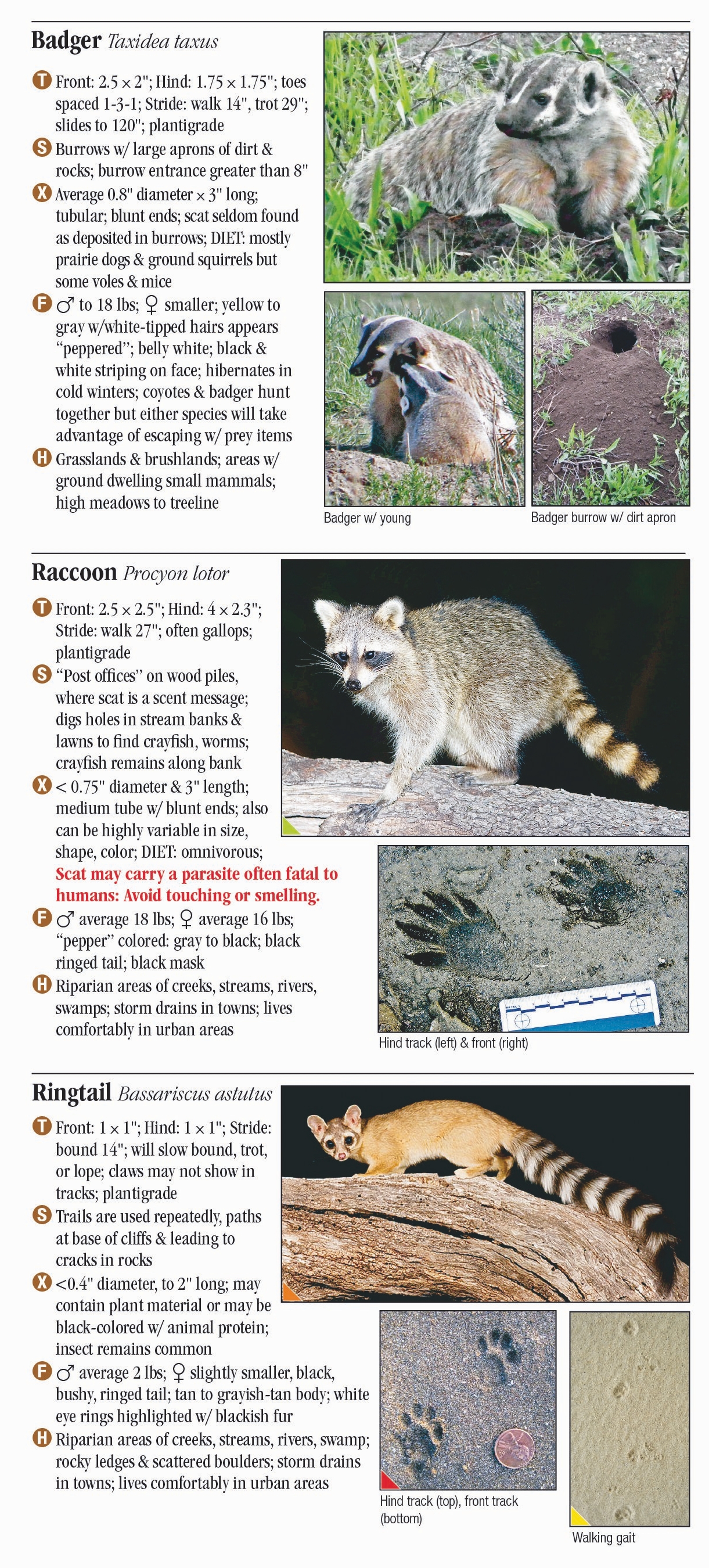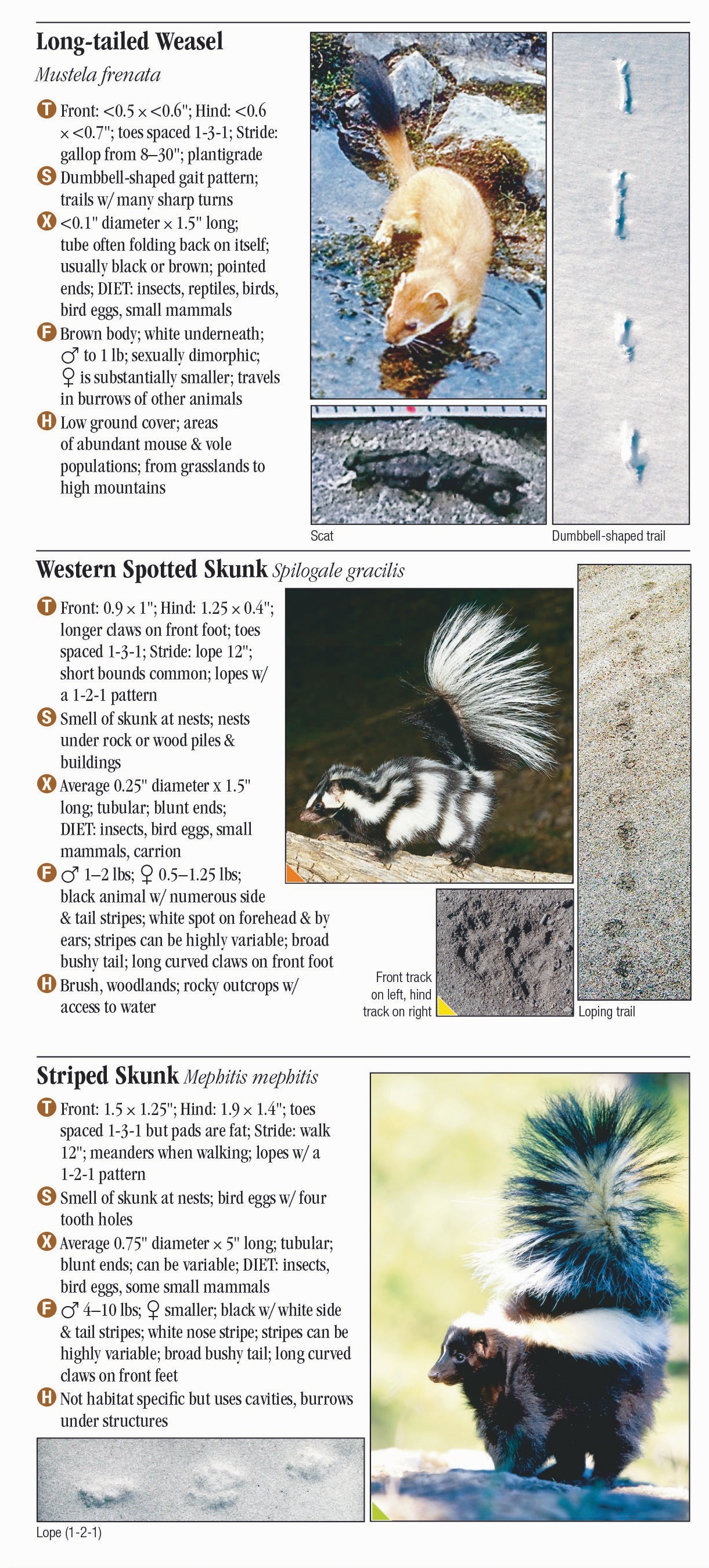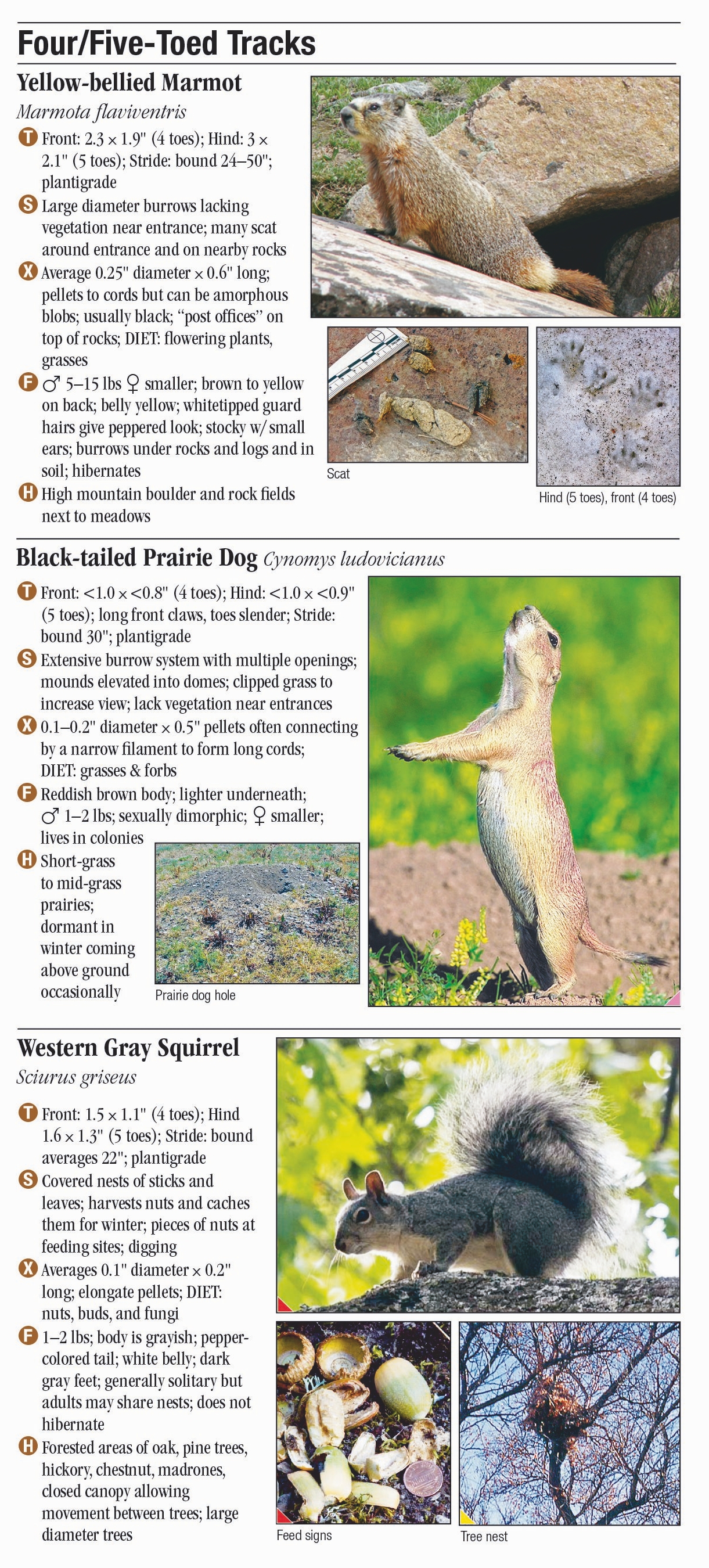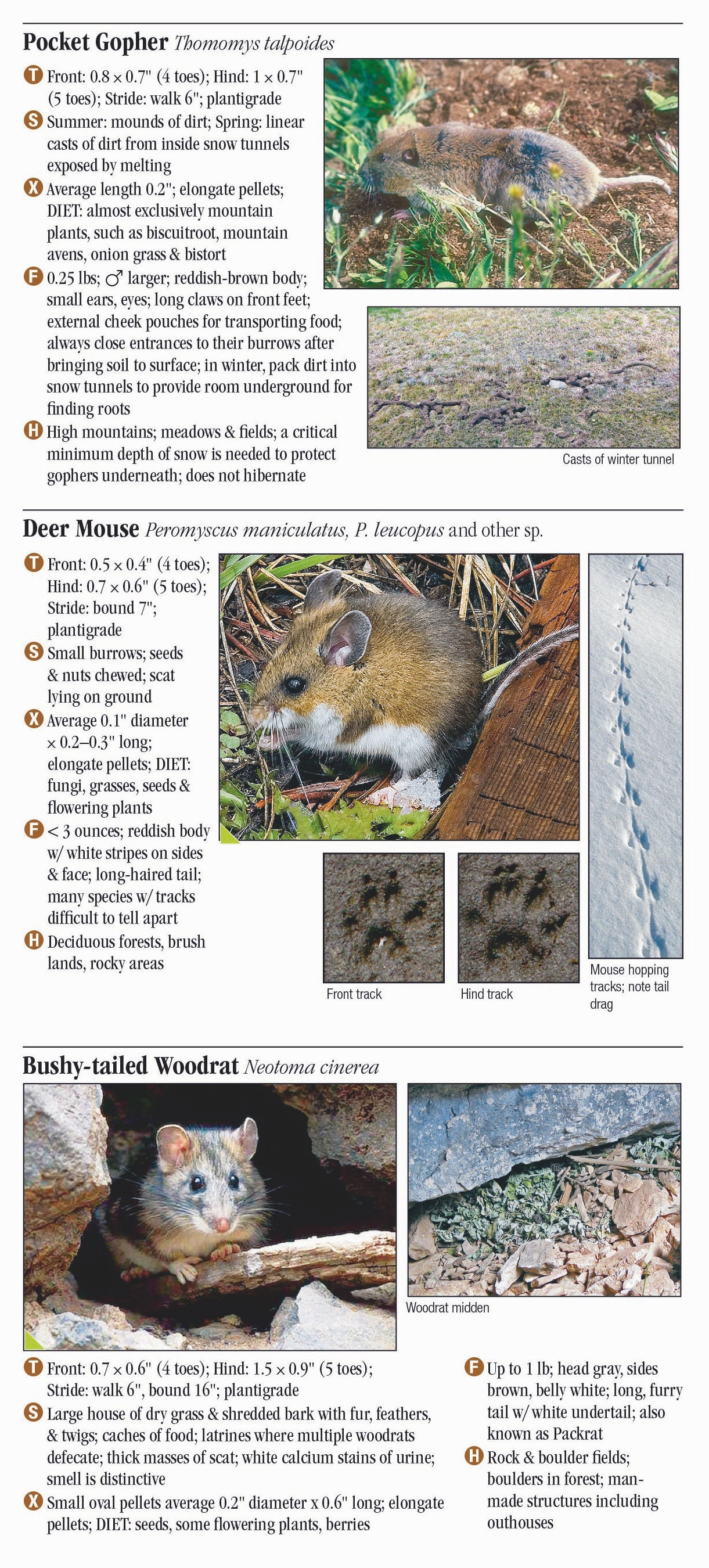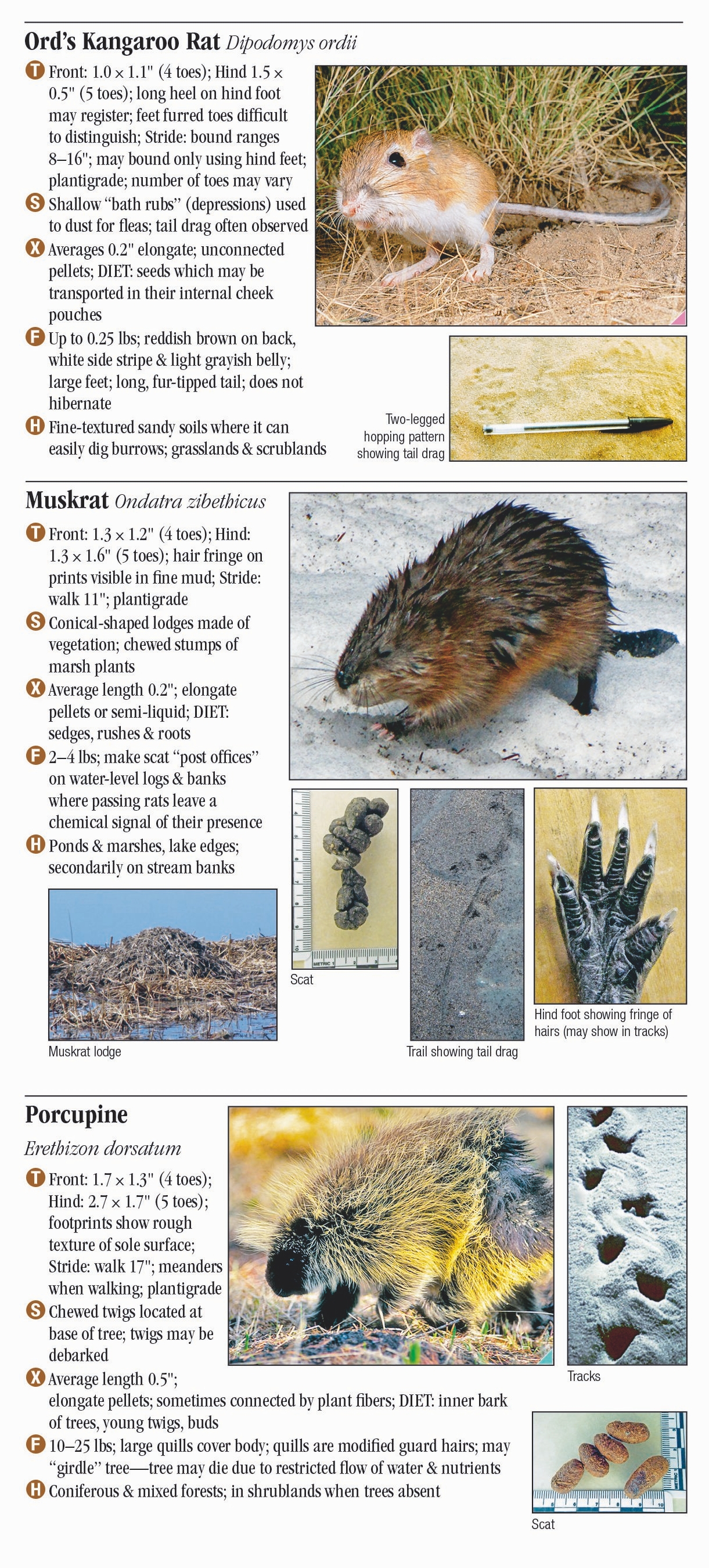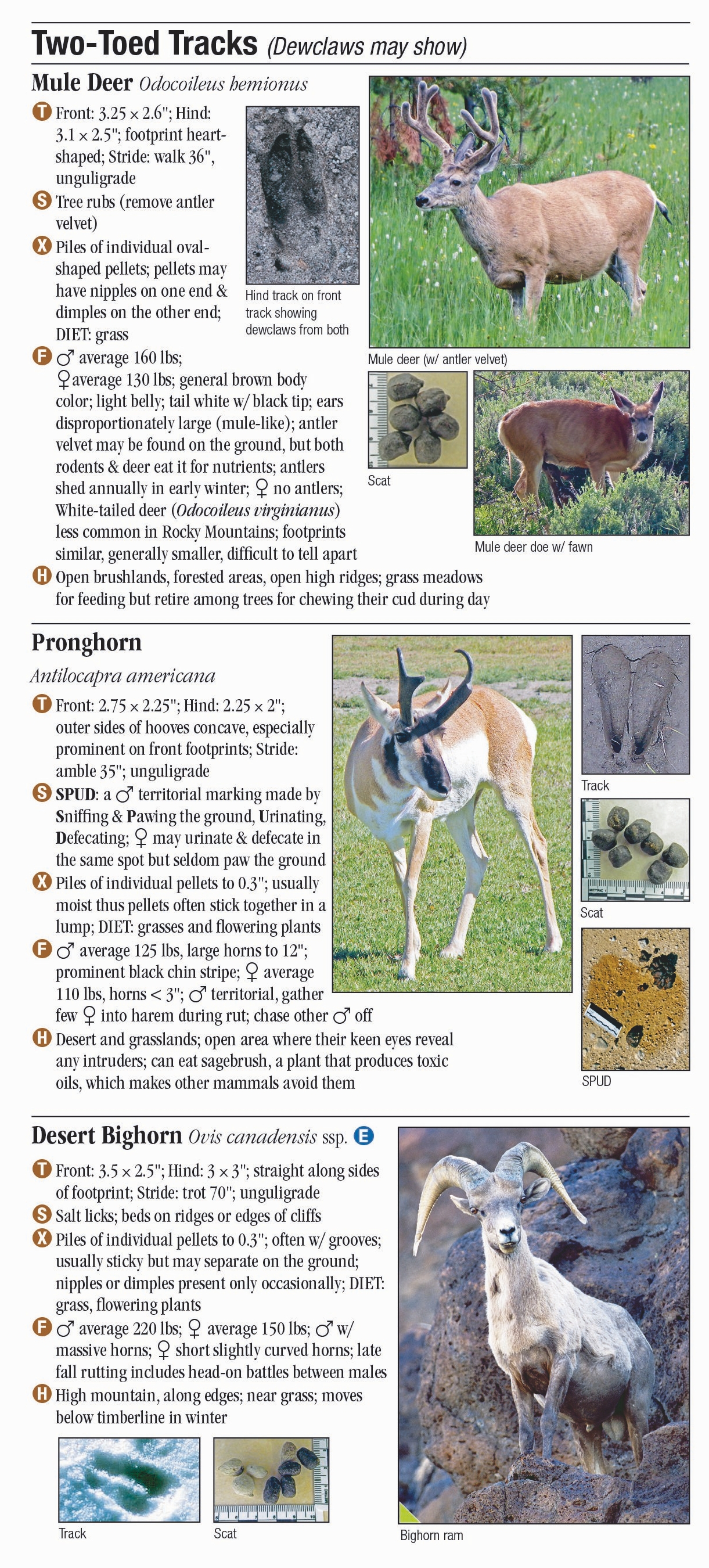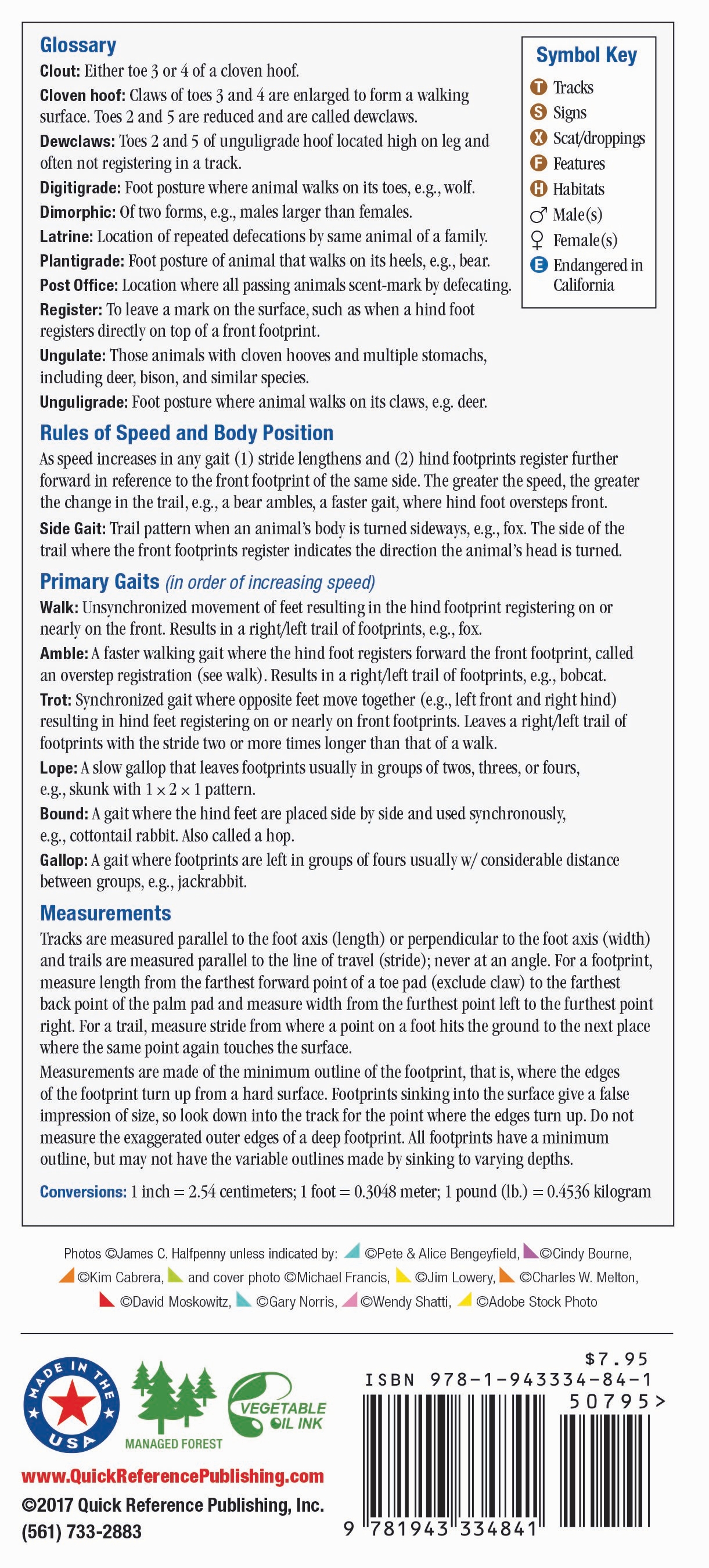Mammals of the Rocky Mountains

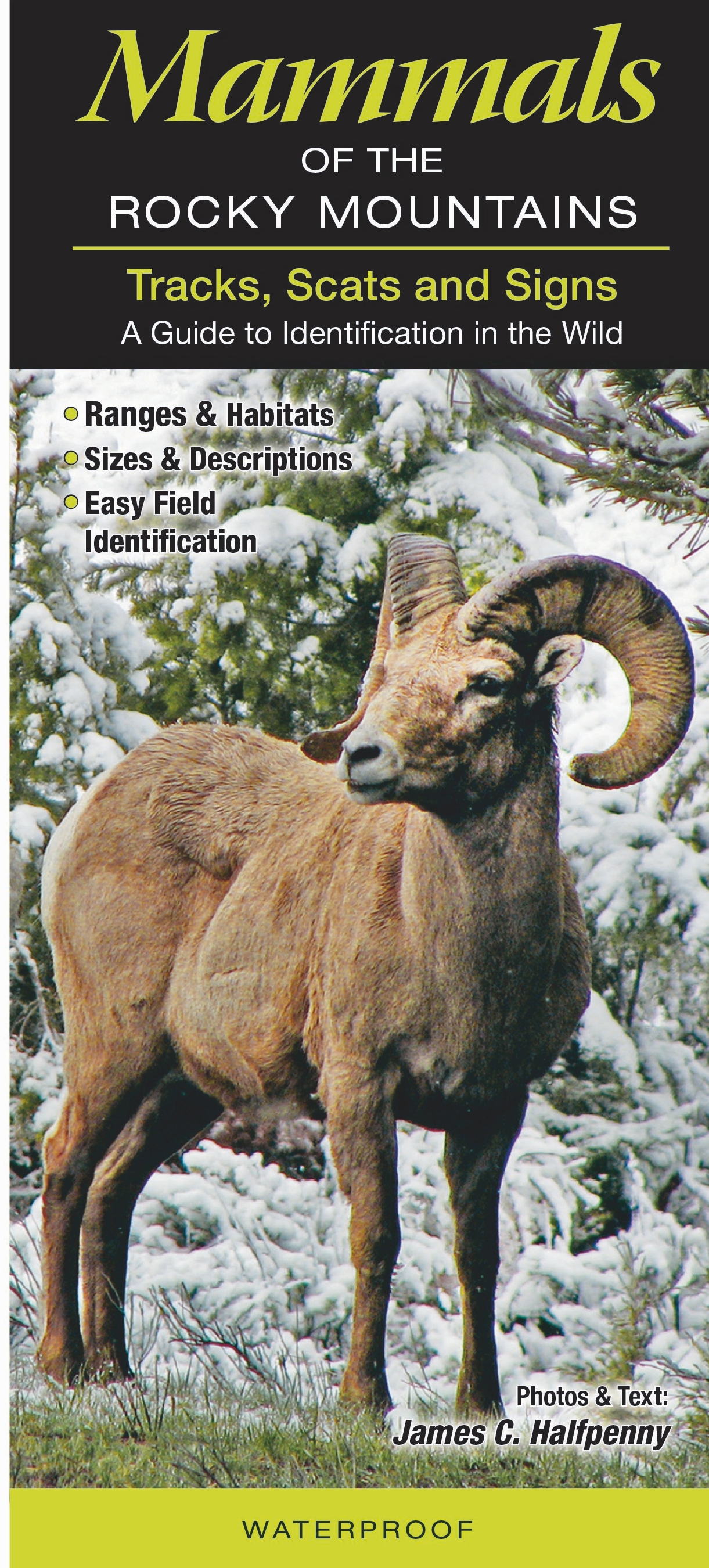

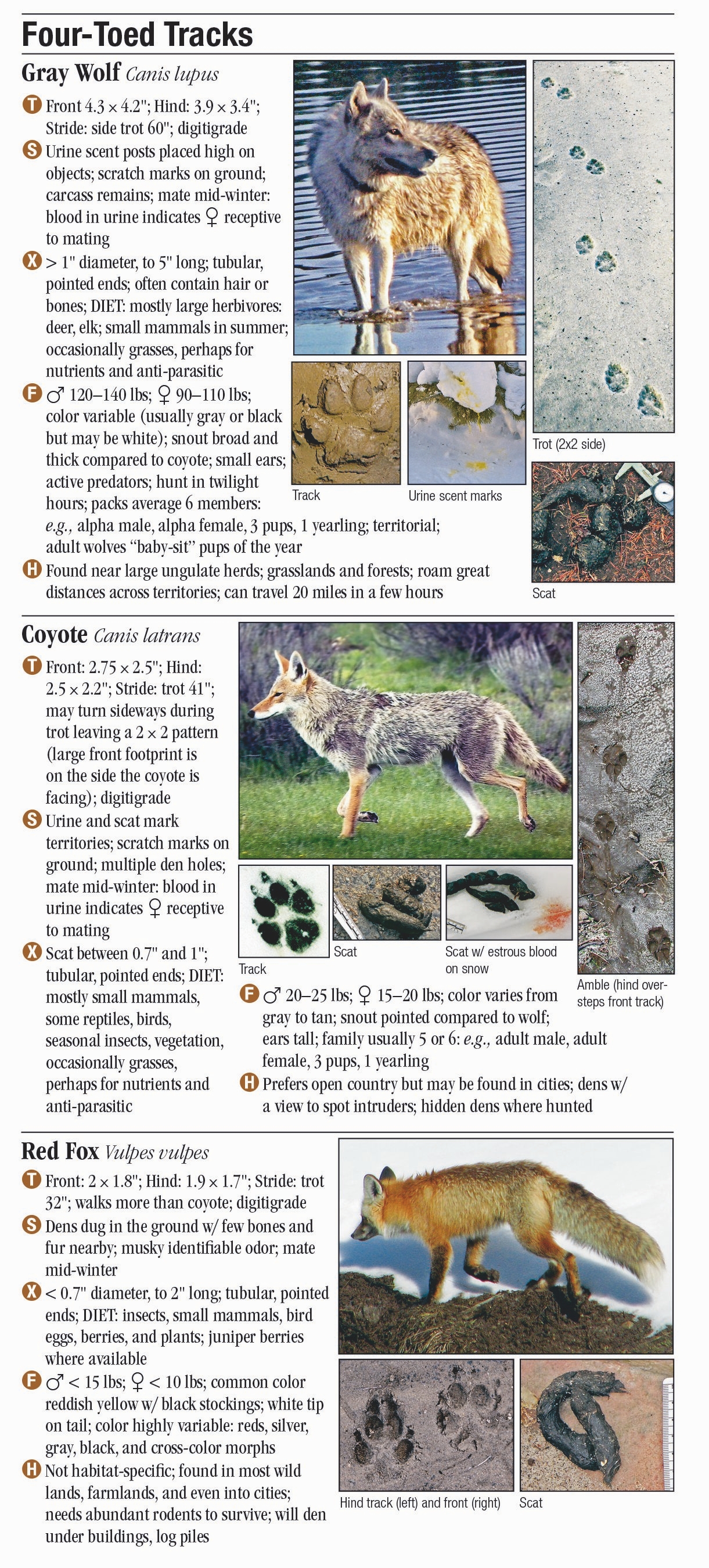

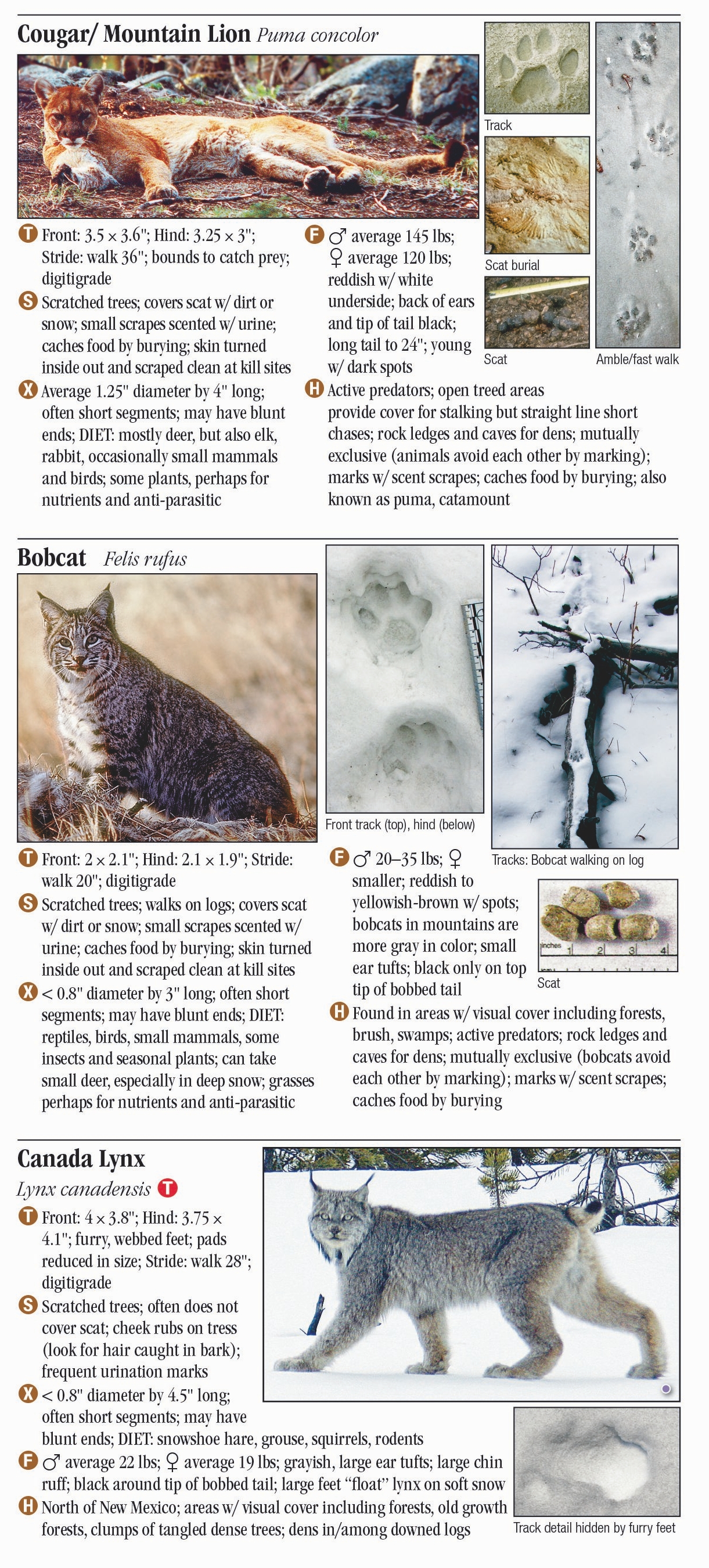

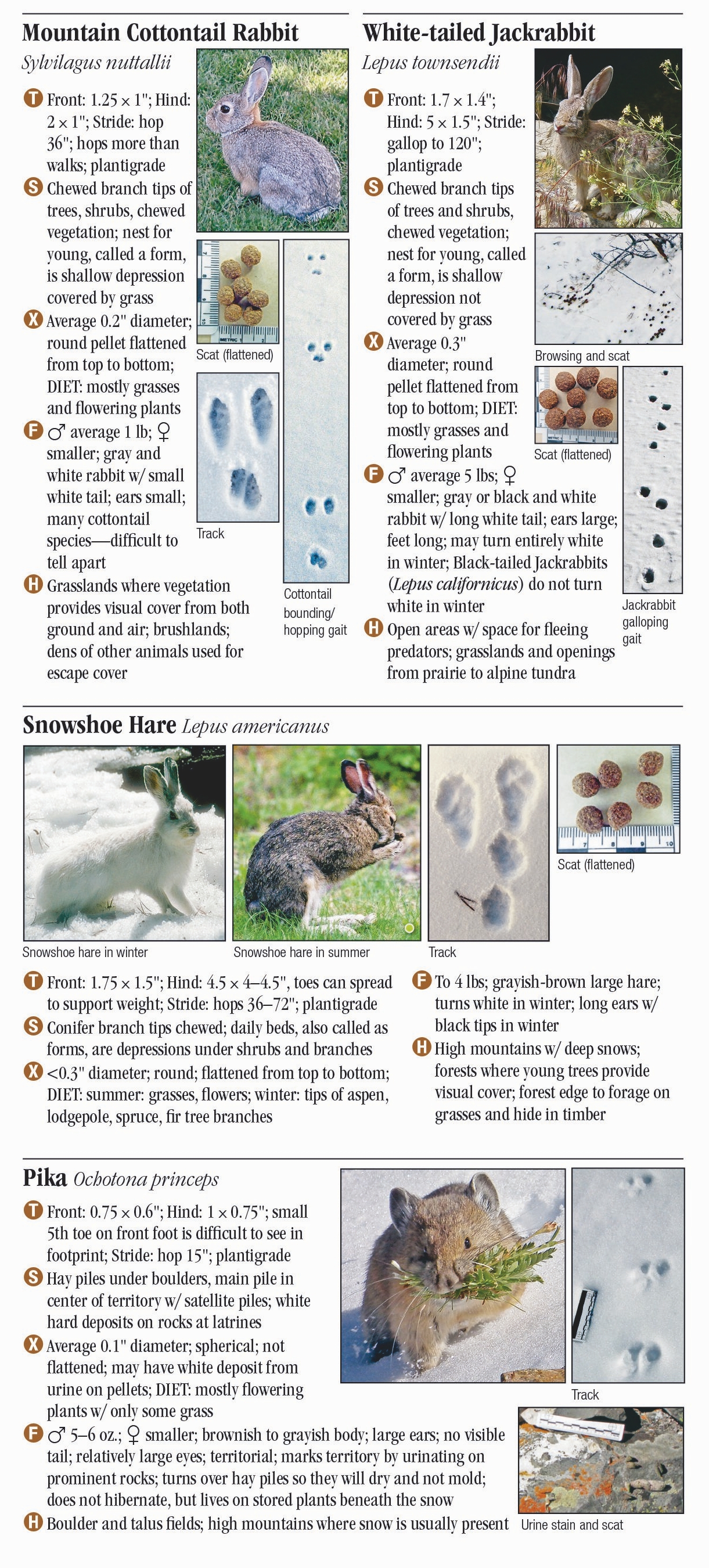

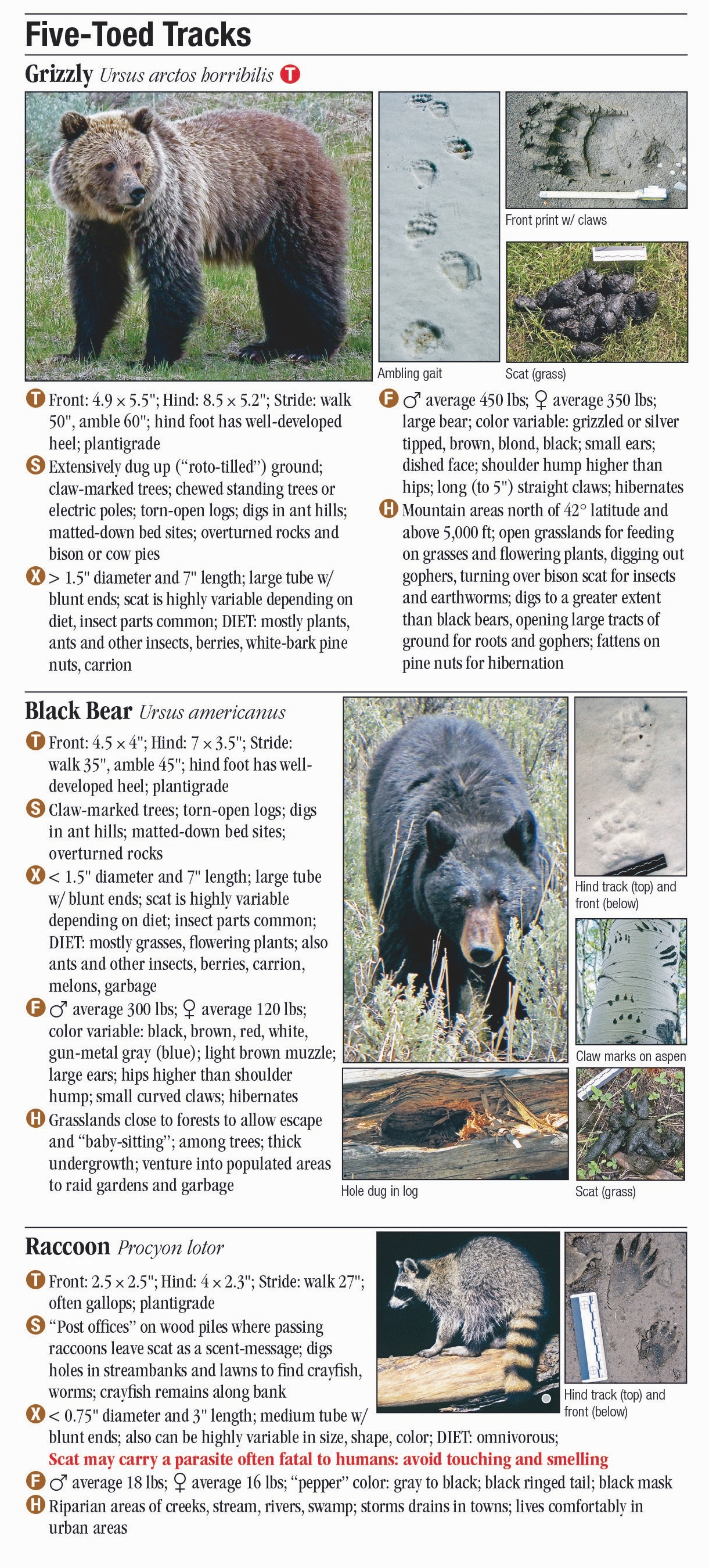

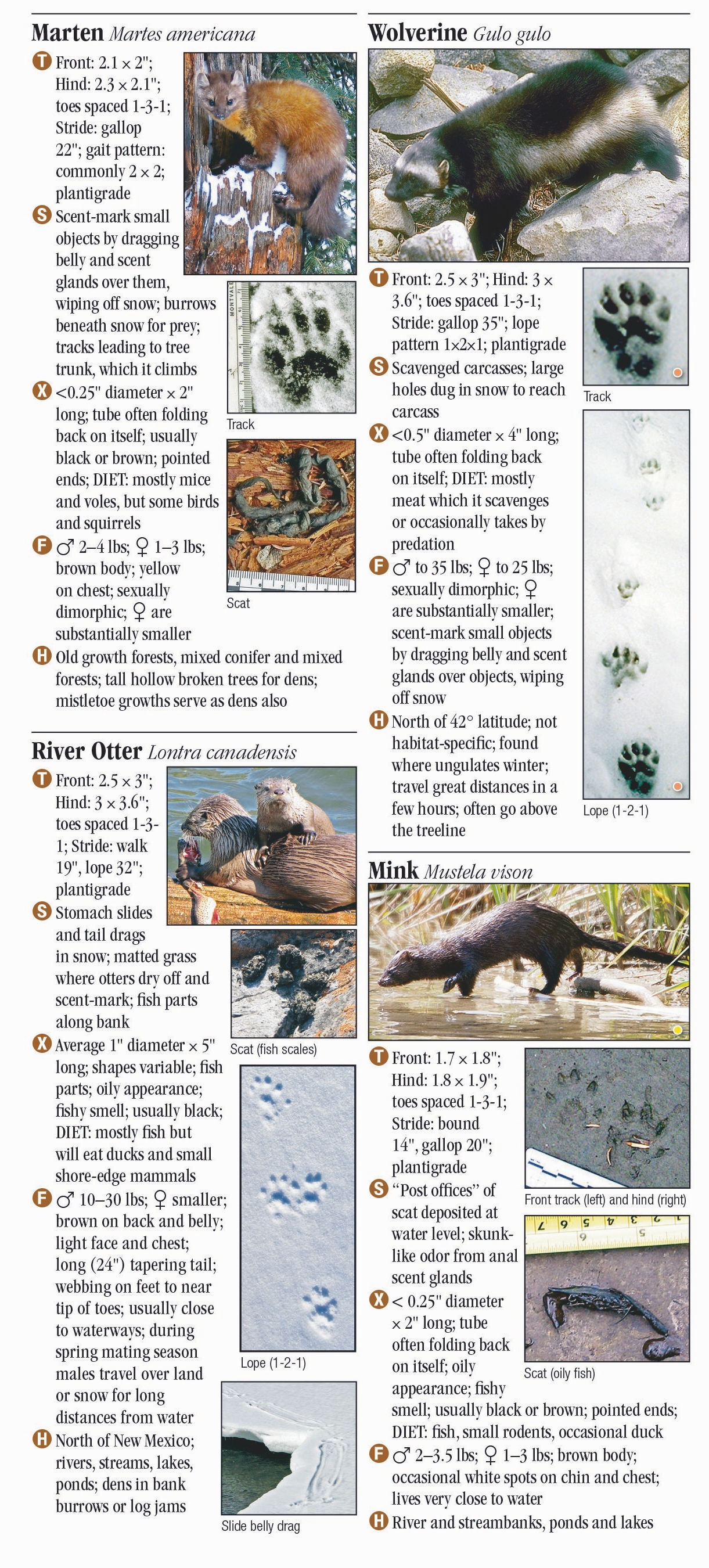

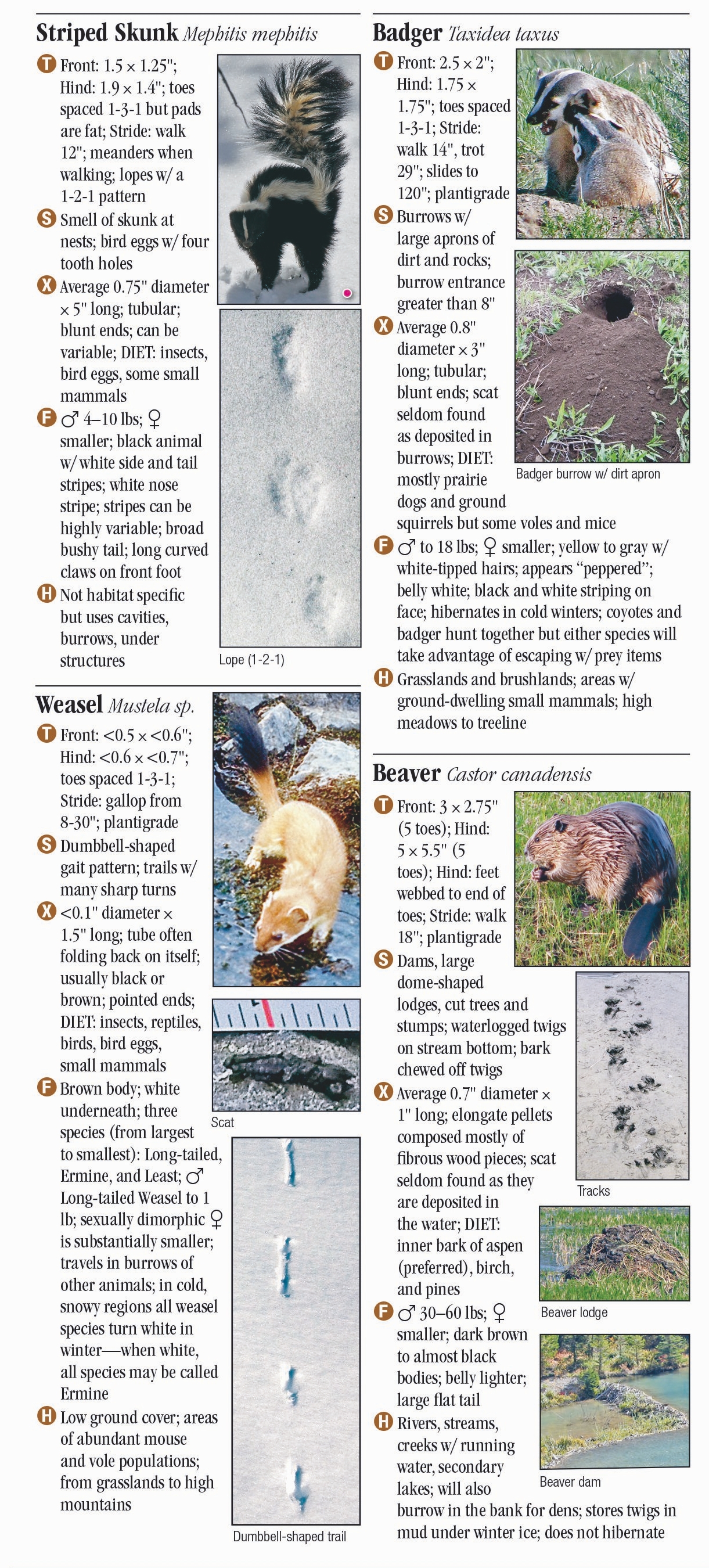

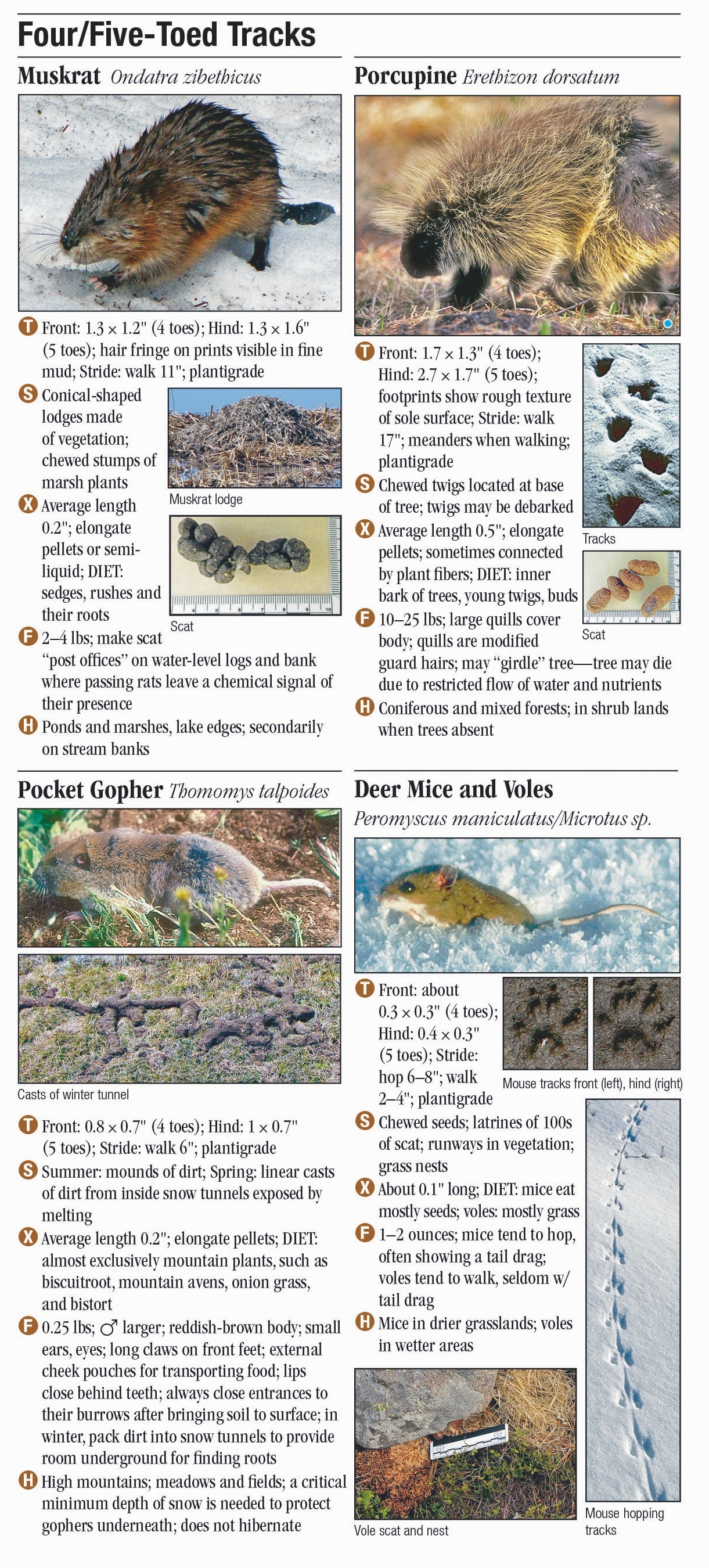

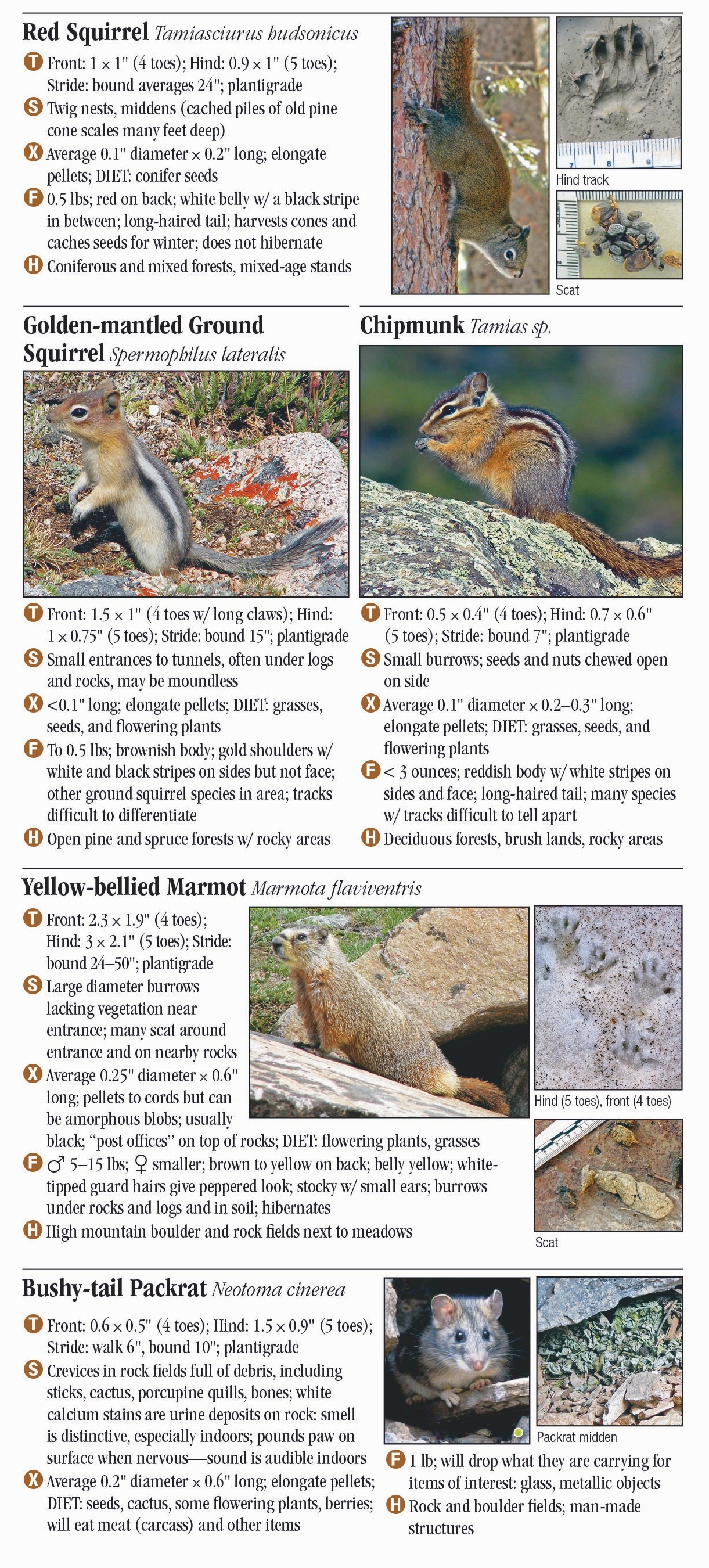

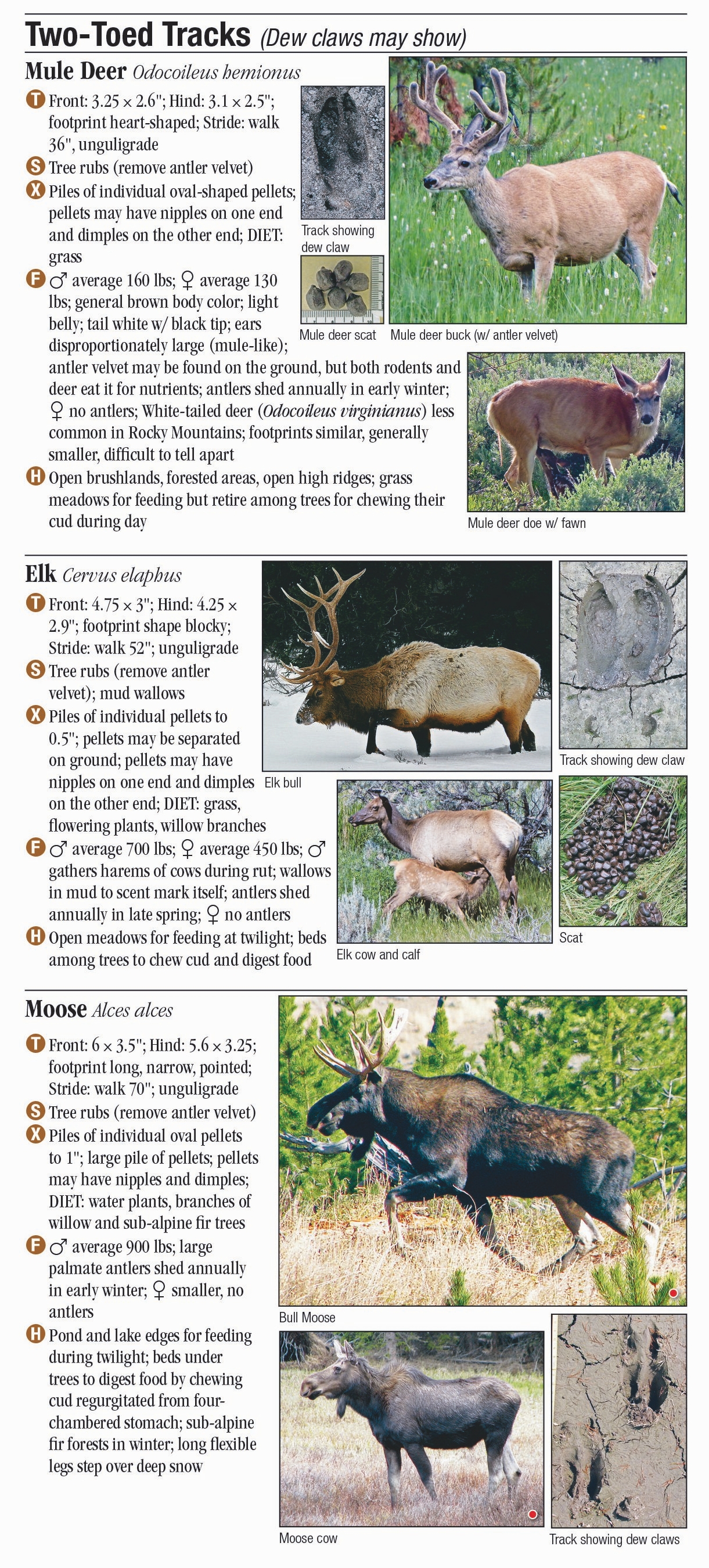

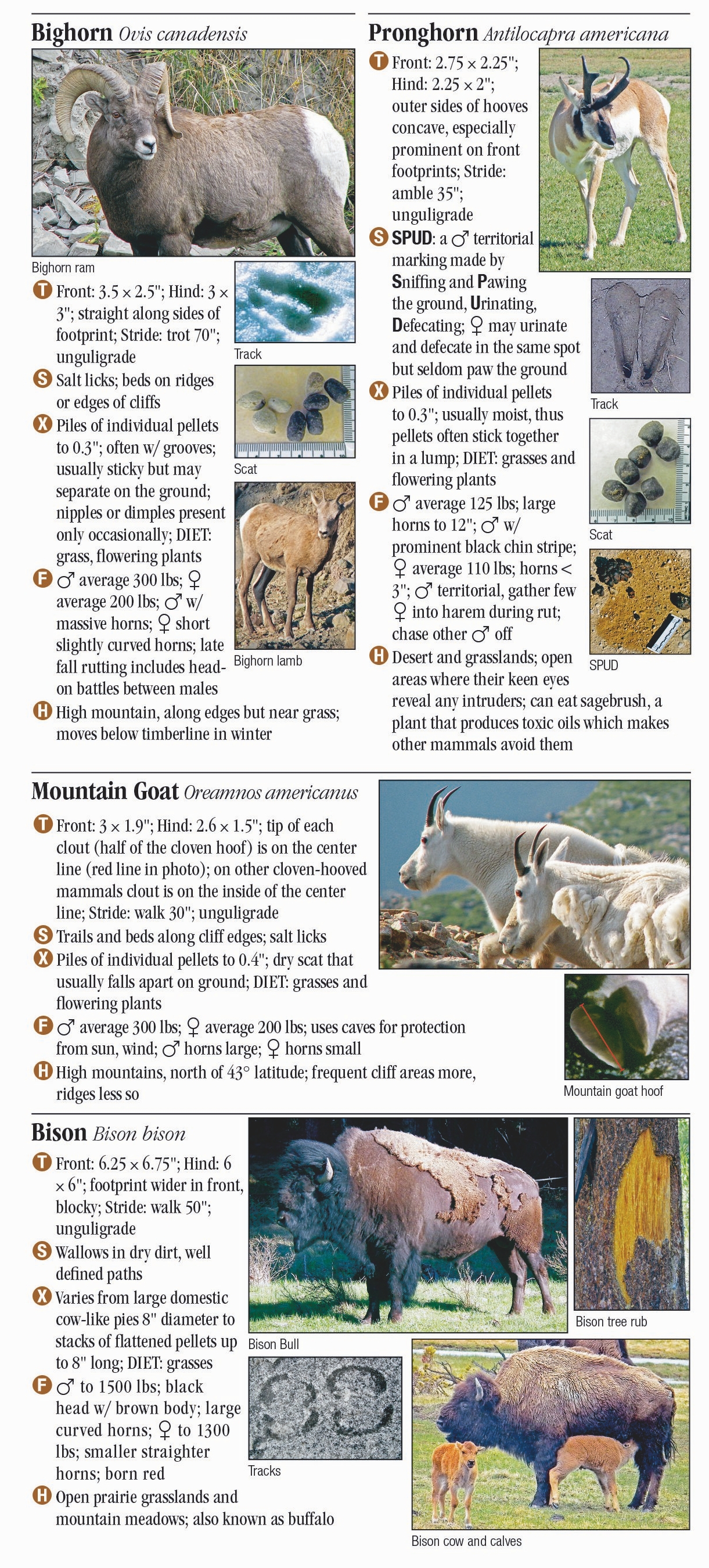


How do you know wildlife is there if you don’t see it? This laminated, pocket-sized guide is an excellent resource for interpreting the signs and clues left behind by Rocky Mountain wildlife.
This guides uses color photos of some common and elusive Rocky Mountain mammals,reptiles, birds, and amphibian species and their key identifiers – tracks, scats, or signs. Common and scientific names and education tips are included.
ISBN: 978-1-936913-10-7
To flip through the electronic sample,
click the arrows.

Jim is an author, scientist, educator whose interest in COLD (altitudinal, latitudinal, and seasonal) has taken him to all seven continents and Greenland.
Jim’s specialities include environmental ecology, animal tracking, and carnivores; his greatest academic love, bears, led to 20 years studying black, grizzly and polar bears. He also works with wolverine, lynx, cougar and wolves.
Jim has written over 25 books and videos including his latest, Yellowstone Bears in the Wild and Track Plates for Mammals. He led the American East Greenland expeditions in 1975 and 1976 and is a Fellow of the Explorer’s Club and received the Antarctic Service medal.
Currently Jim is President of A Naturalist’s World, an ecological education company. A past Research Fellow of the Institute of Arctic and Alpine Research, Jim was Director of the Mountain Research Station and the Long-Term Ecological Research program in the Alpine. He is listed in Who’s Who in the World 1989-1993, Who’s Who in Emerging Leaders 1989-1996, Who’s Who in Western America 1987-1997 and Who’s Who In Science. A Vietnam veteran, Jim received the Navy Achievement Medal with Combat “V” and Vietnamese Gallantry Cross
with Palm.
Jim received his Ph.D. in 1980 in Biology, Ecology, & Mammalogy from the University of Colorado. His B.S. in 1969 and M.S. in 1970 both in Botany & Ecology from the University of Wyoming. At the University of Wyoming, Jim was on the President’s Academic HonorJim received his Ph.D. in 1980 in Biology, Ecology, & Mammalogy from the University of Colorado. His B.S. in 1969 and M.S. in 1970 both in Botany & Ecology from the University of Wyoming. At the University of Wyoming, Jim was on the President’s Academic Honor Roll, University of Wyoming and a four-year letterman in diving, swimming and water polo.
Mammals of the Rocky Mountains Read More »



